Minor Arcana in Tarot
The Minor Arcana shows the moving parts of daily life. These fifty-six cards describe actions, choices, feelings, and results. They bring texture to a reading and turn big themes into clear next steps. Learn how the suits, numbers, and courts work together to tell a practical and honest story.
What are the Minor Arcana?
The Minor Arcana is a set of fifty-six cards split into four suits. Cups, Wands, Swords, and Pentacles. Each suit runs from Ace to Ten and includes four court cards. The Minors reflect everyday patterns and decisions. They turn broad insight into grounded action you can use.
While the Major Arcana speaks to life’s defining moments, the Minors fill in the daily choices and events that shape the bigger picture. They add context, timing, and practical steps, working alongside the Majors to create a fuller reading.

How Many Minor Arcana Cards Are There?
There are fifty-six Minor Arcana cards. Four suits with fourteen cards in each suit. The sequence runs from Ace to Ten, followed by Page, Knight, Queen, and King. This structure keeps meanings consistent across the deck and makes learning faster and more reliable.
This organisation means that once you understand how one suit flows from Ace to King, you can apply that pattern to the other suits, adjusting for the element and theme.
Tarot Suits Explained
Pentacles
Pentacles speak to work, money, body, and resources. They show skill building, stability, and care for the material world. When Pentacles appear, look for slow, steady progress. Expect guidance on craft, health, routines, and investments that support long-term well-being.
Pentacles often include gardens, coins, or earthy landscapes, symbolising growth, security, and the rewards of sustained effort.
Cups
Cups speak to emotion, intuition, and connection. They show how we give and receive care, and how feelings move through relationships and art. When Cups appear, look for honesty about needs, boundaries, and trust. Expect guidance on healing, empathy, and meaningful support.
Cups often use water imagery, showing rivers, lakes, or the ocean as symbols of the emotional flow. They can reflect joy, grief, love, and longing with equal depth.
Swords
Swords speak to thought, truth, and communication. They show clarity, conflict, and the kinds of choices that cut through confusion. When Swords appear, look for precision and accountability. Expect guidance on honest words, fair decisions, and calm problem-solving.
Swords often use air imagery, with clouds, wind, or open skies. They can reveal both the freedom of truth and the sting of sharp words.
Wands
Wands speak to desire, energy, and creative drive. They show momentum, courage, and the spark that gets things moving. When Wands appear, look for clarity about purpose and pace. Expect guidance on risk, focus, and the actions that keep a project or calling alive.
Wands often feature sprouting branches or leaves, signalling growth and movement. They can highlight ambition, inspiration, and the will to overcome challenges.
Numbers in Tarot and How They Read
Numbers one to ten show a full arc, from seed to completion. Aces begin, twos test balance, threes build, fours stabilise, fives disrupt, sixes restore, sevens question, eights master, nines refine, tens complete. Learn the number first. Then read how it expresses inside each suit.
For example, a Five in any suit signals disruption or challenge. In Cups, that could mean emotional loss. In Wands, a competitive clash. In Swords, mental conflict. In Pentacles, financial strain.
Court Cards at a Glance
Pages
Pages bring curiosity and fresh perspective. They point to study, new messages, or a beginner step that matters. Read Pages as learning energy, not immaturity. They show where a simple question or a first attempt will unlock movement and honest discovery.
Knights
Knights bring motion and change. They point to pursuit, travel, or a shift in pace. Read Knights as momentum, not chaos. They show where a clear aim and consistent action will carry you forward. Match the style of the Knight to the suit for tone and method.
Queens
Queens bring mastery and influence that is felt, not forced. They point to stewardship, culture, and care that gets results. Read Queens as aligned leadership. They show where depth, skill, and protection of values will produce the outcome that actually matters.
Kings
Kings bring visible authority and systems that hold. They point to structure, strategy, and results that can be measured. Read Kings as responsibility, not control for control’s sake. They show where firm choices and clear boundaries will keep the work on course.
Courts can show people, aspects of the self, or approaches to a situation. Context and question decide which meaning applies.
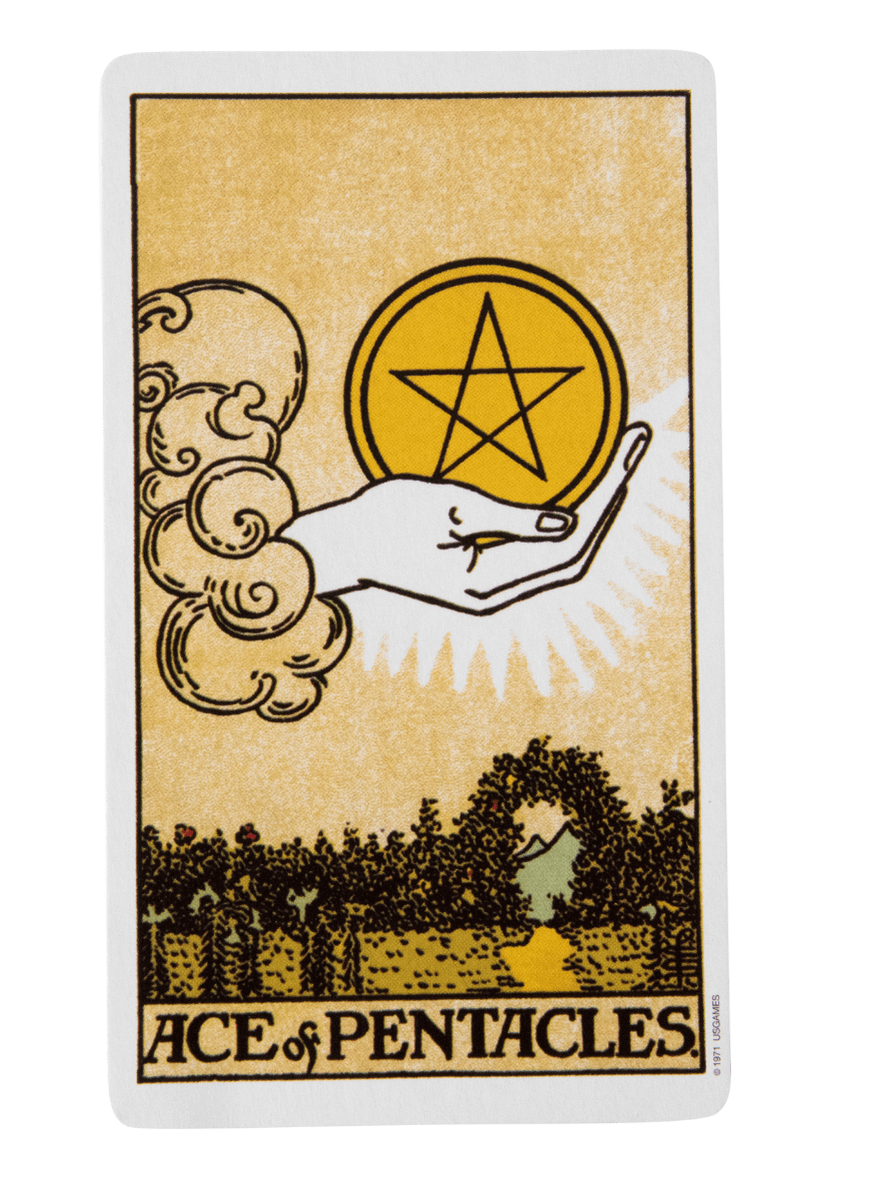
Ace of Pentacles

Two of Pentacles
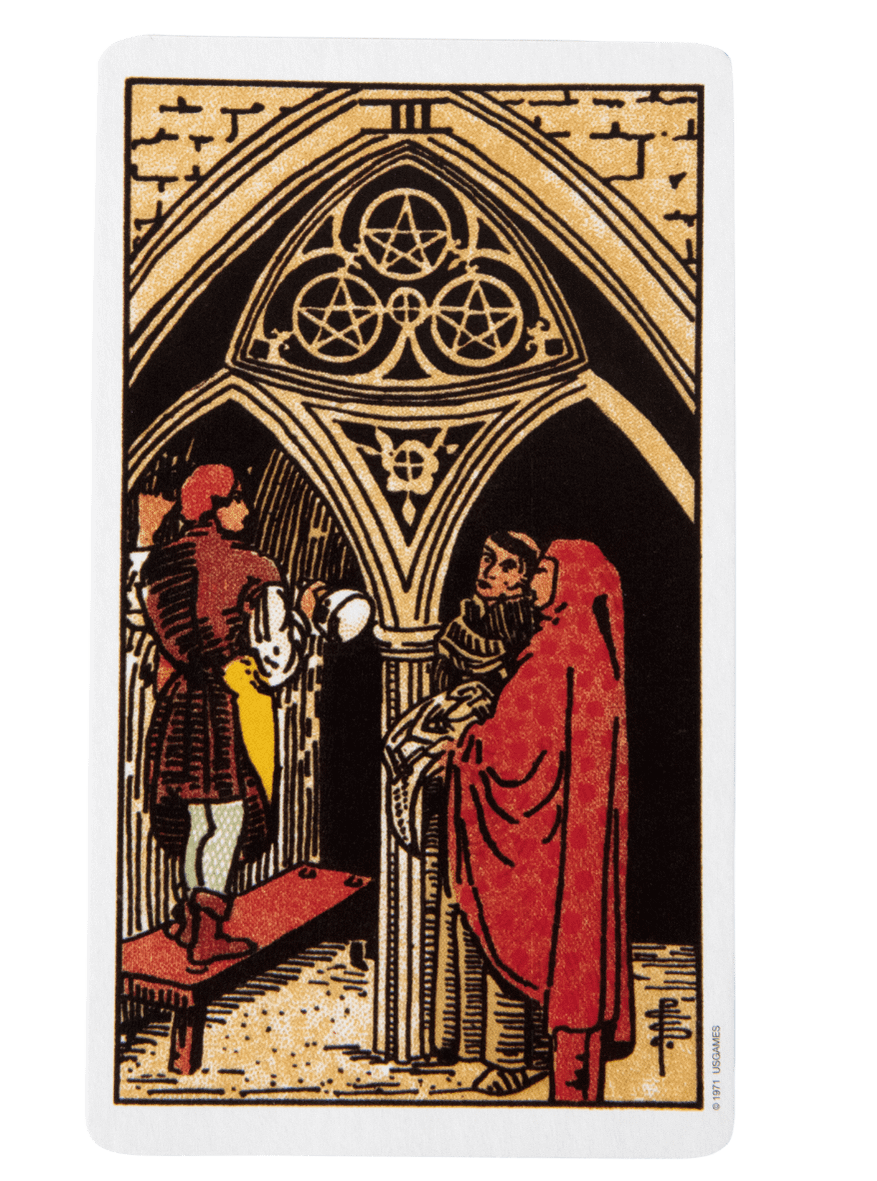
Three of Pentacles
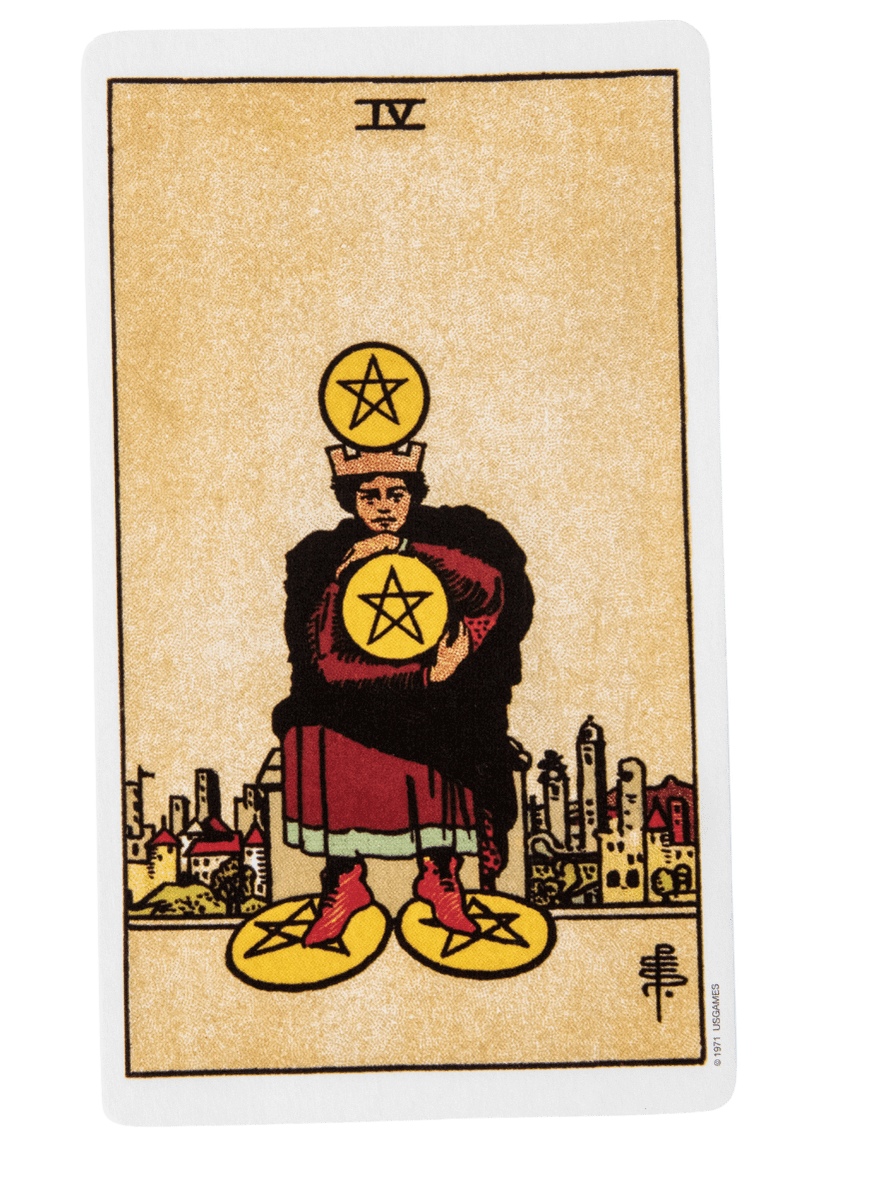
Four of Pentacles
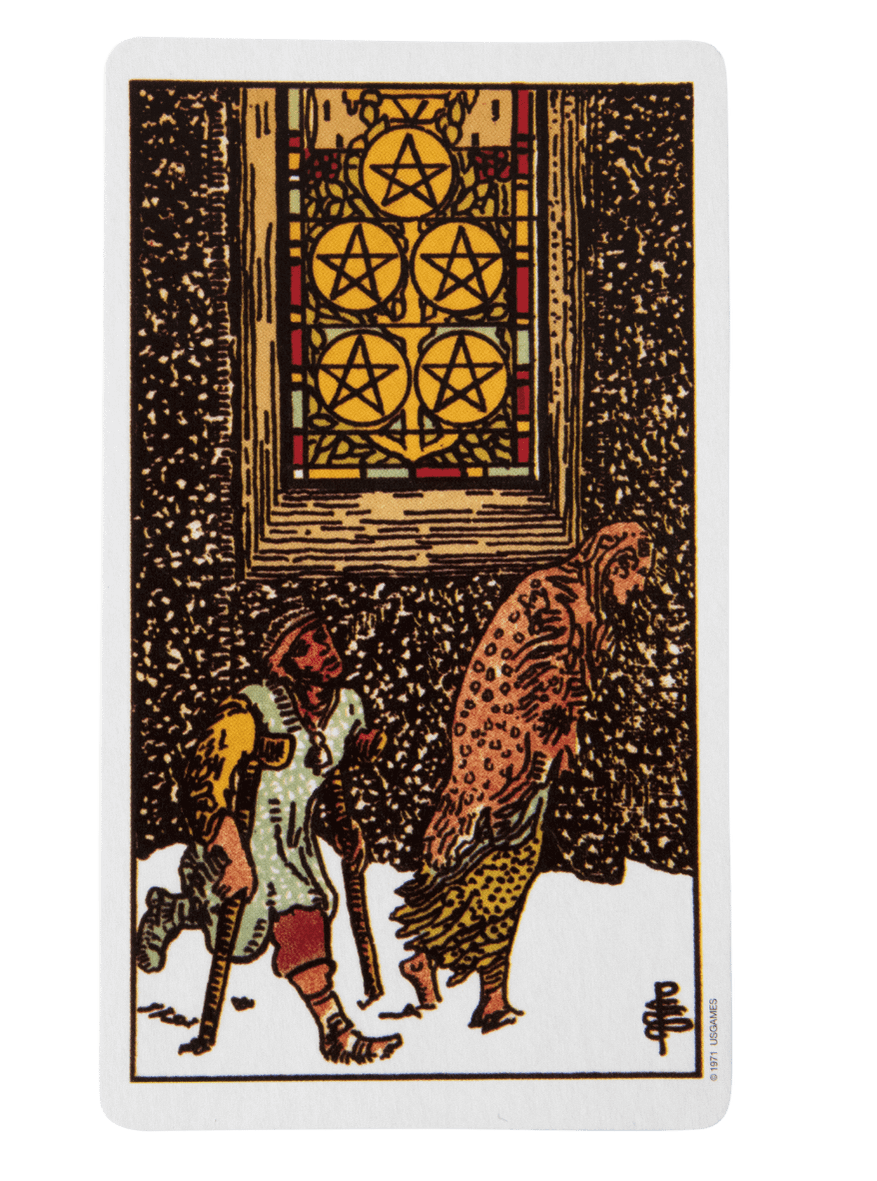
Five of Pentacles
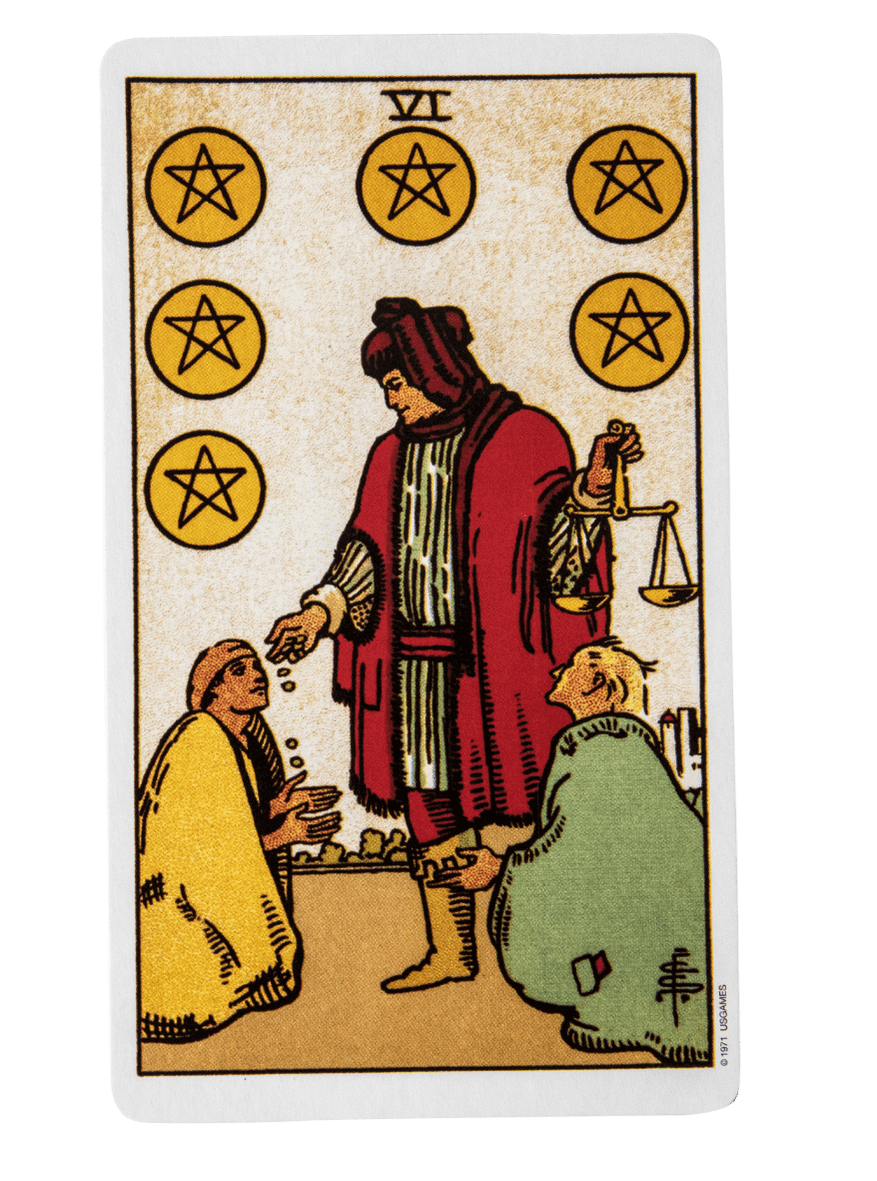
Six of Pentacles
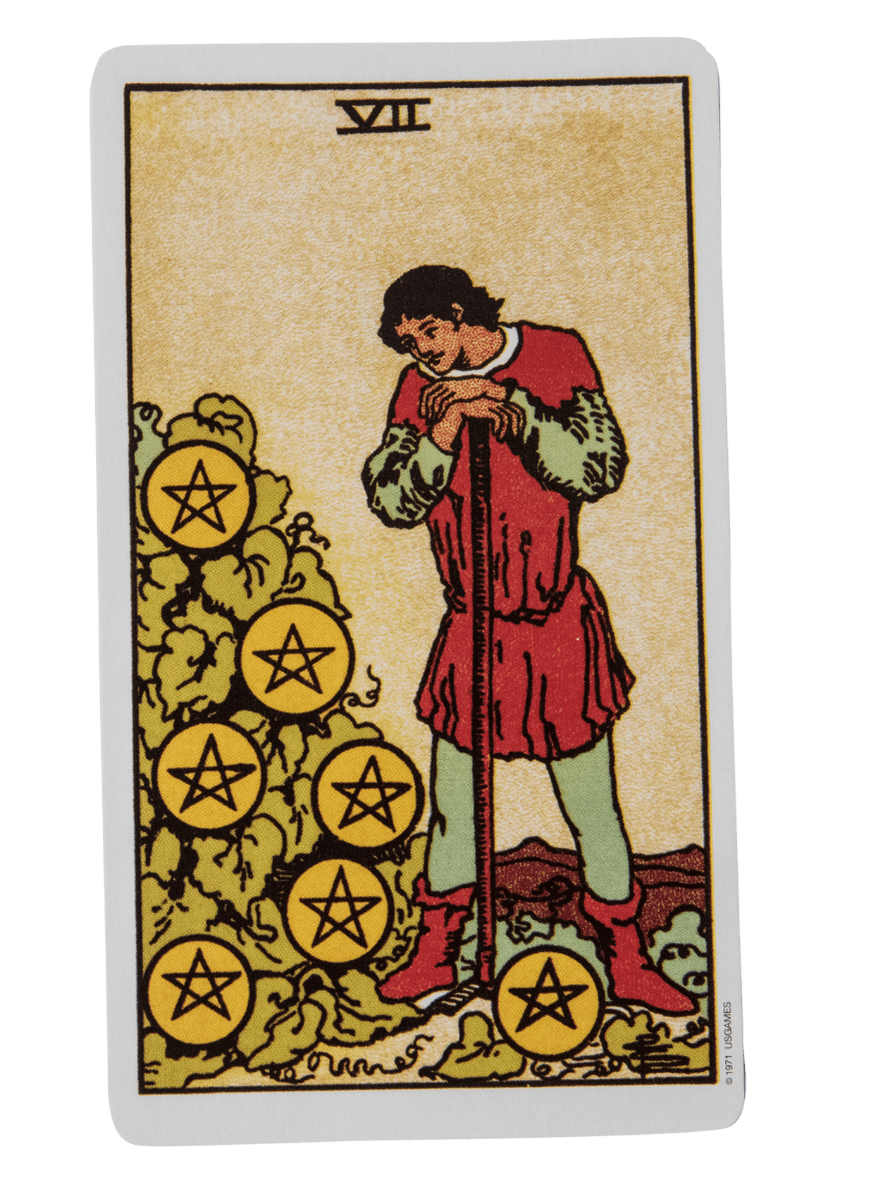
Seven of Pentacles
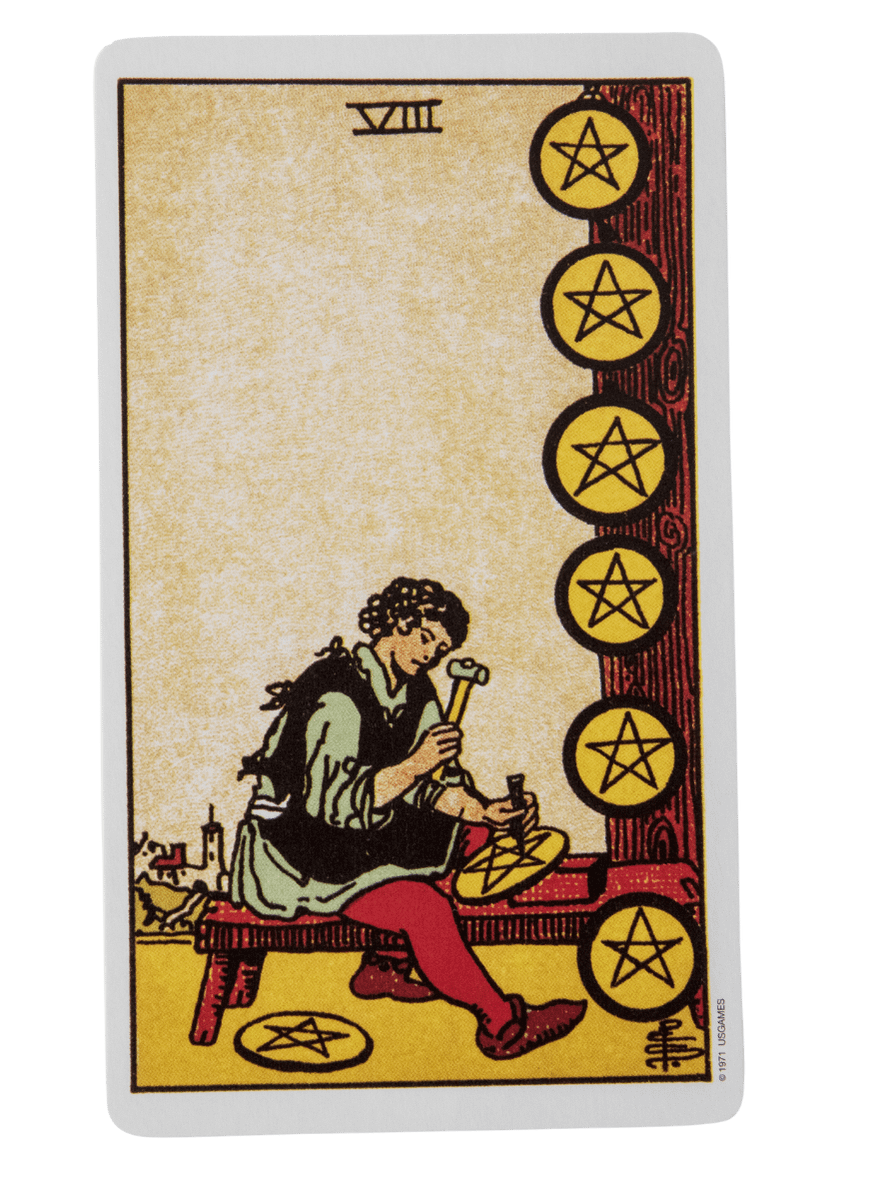
Eight of Pentacles
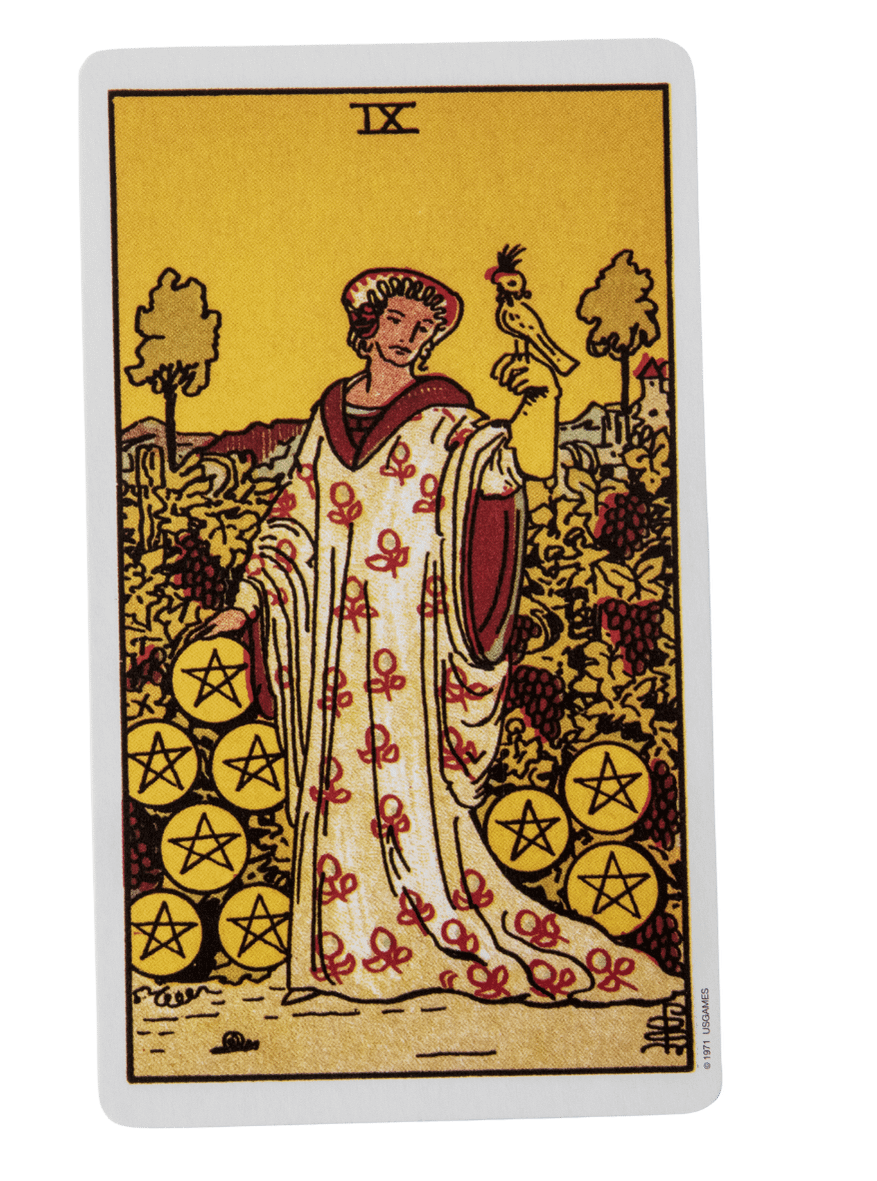
Nine of Pentacles
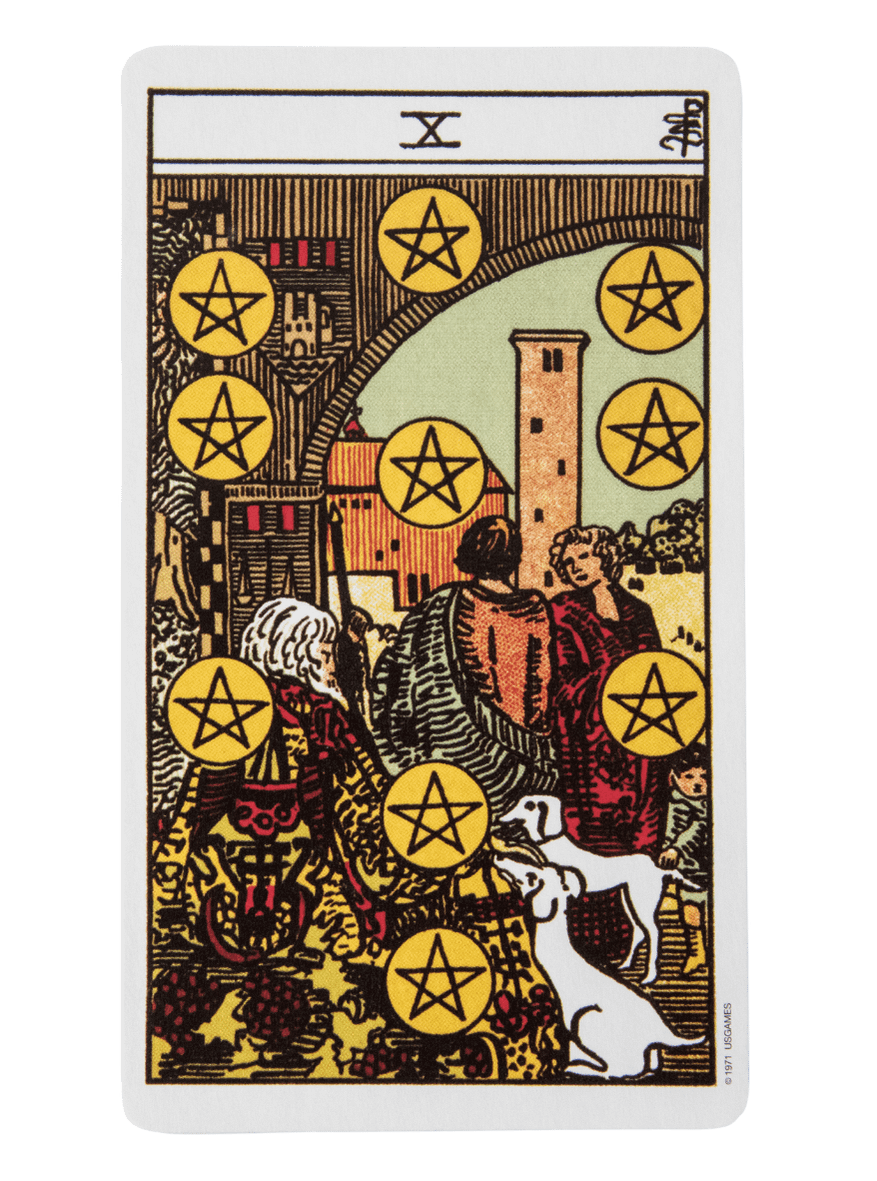
Ten of Pentacles
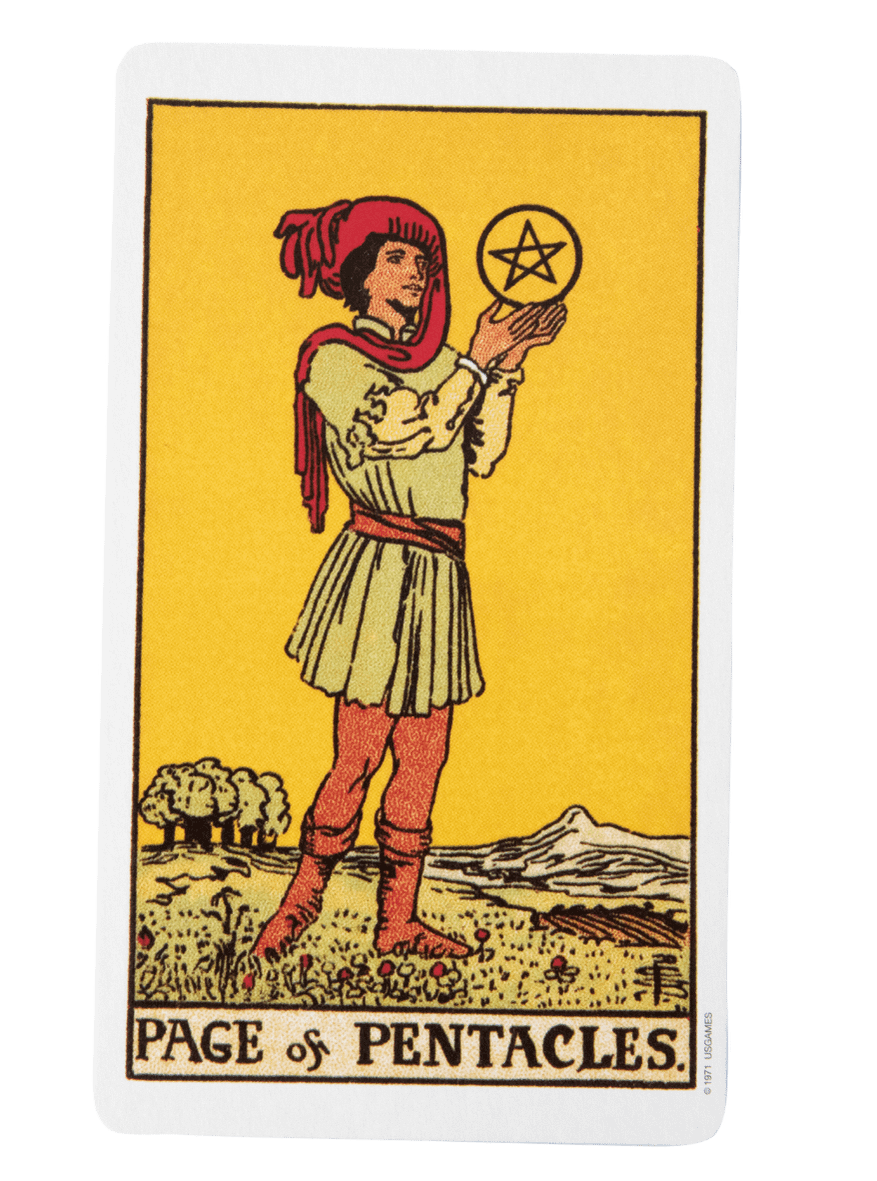
Page of Pentacles
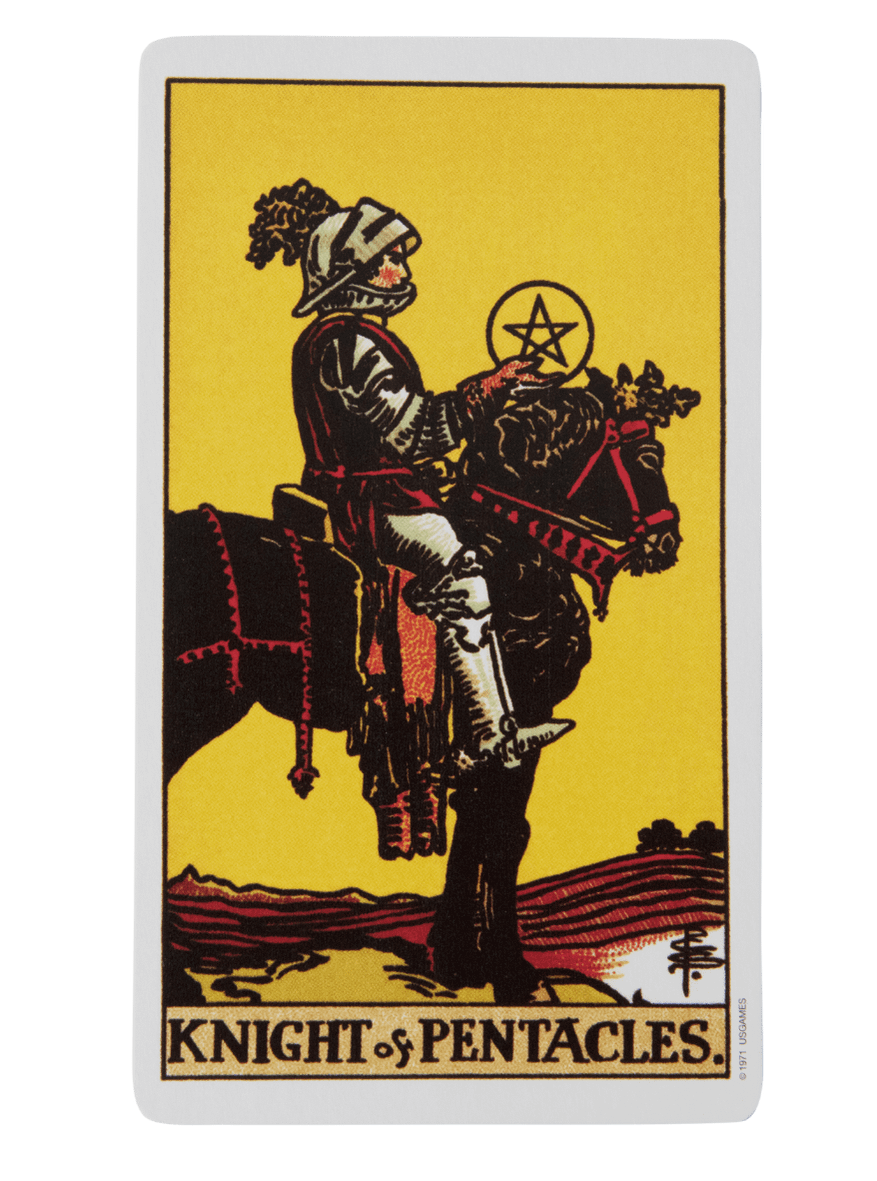
Knight of Pentacles
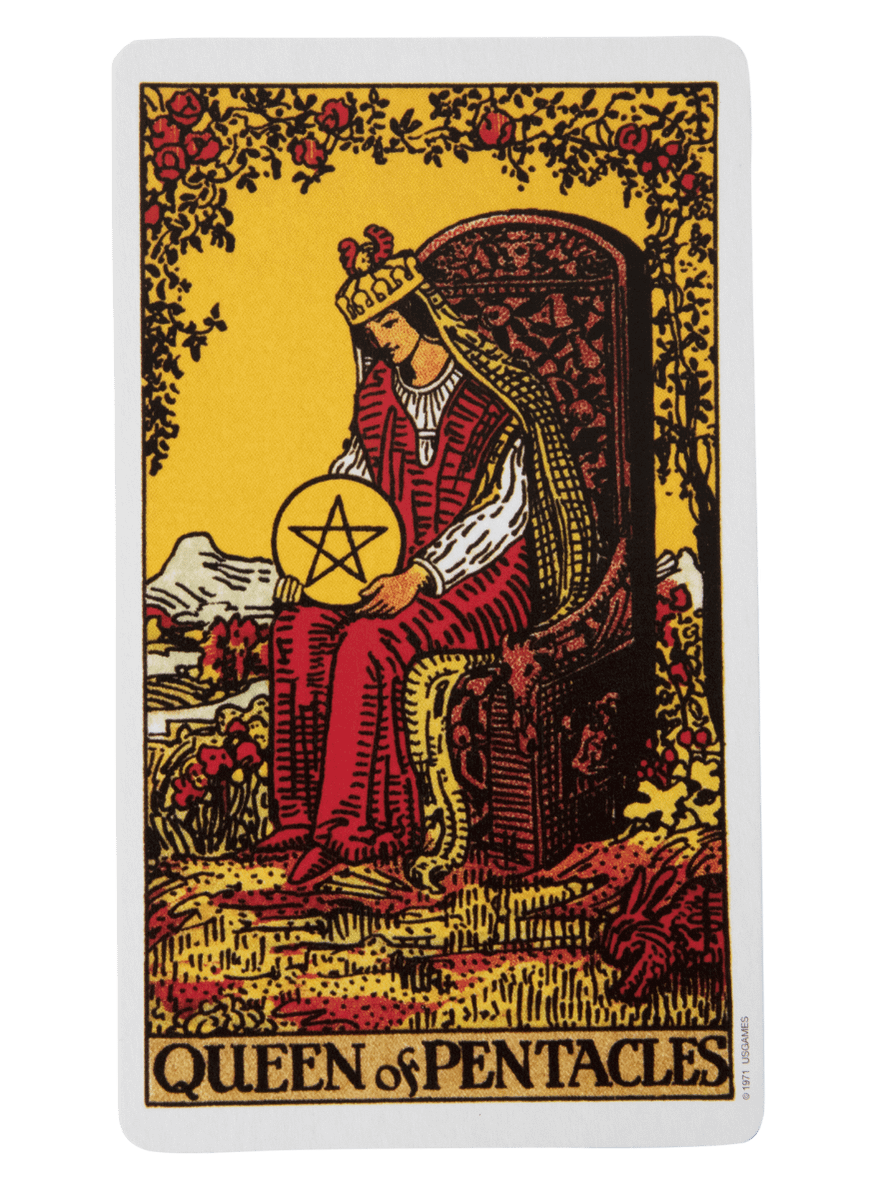
Queen of Pentacles
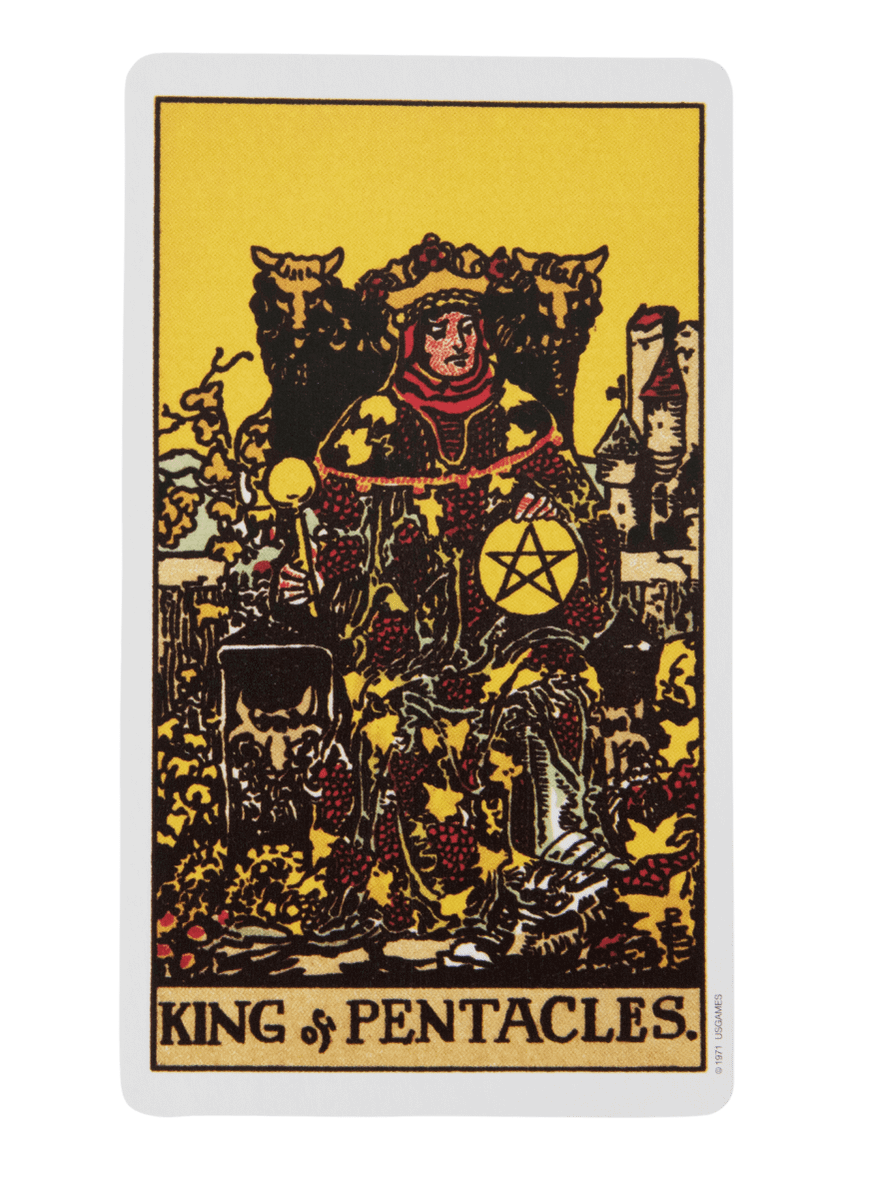
King of Pentacles
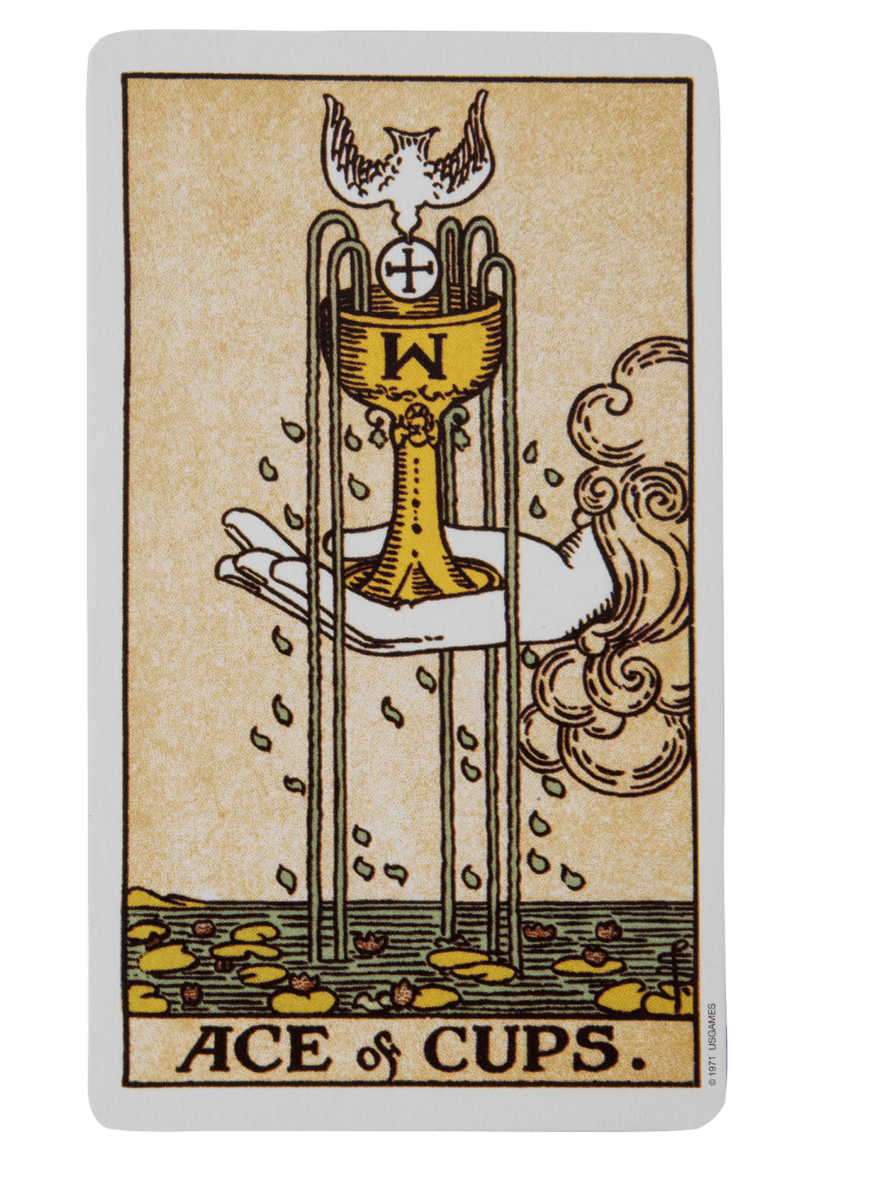
Ace of Cups
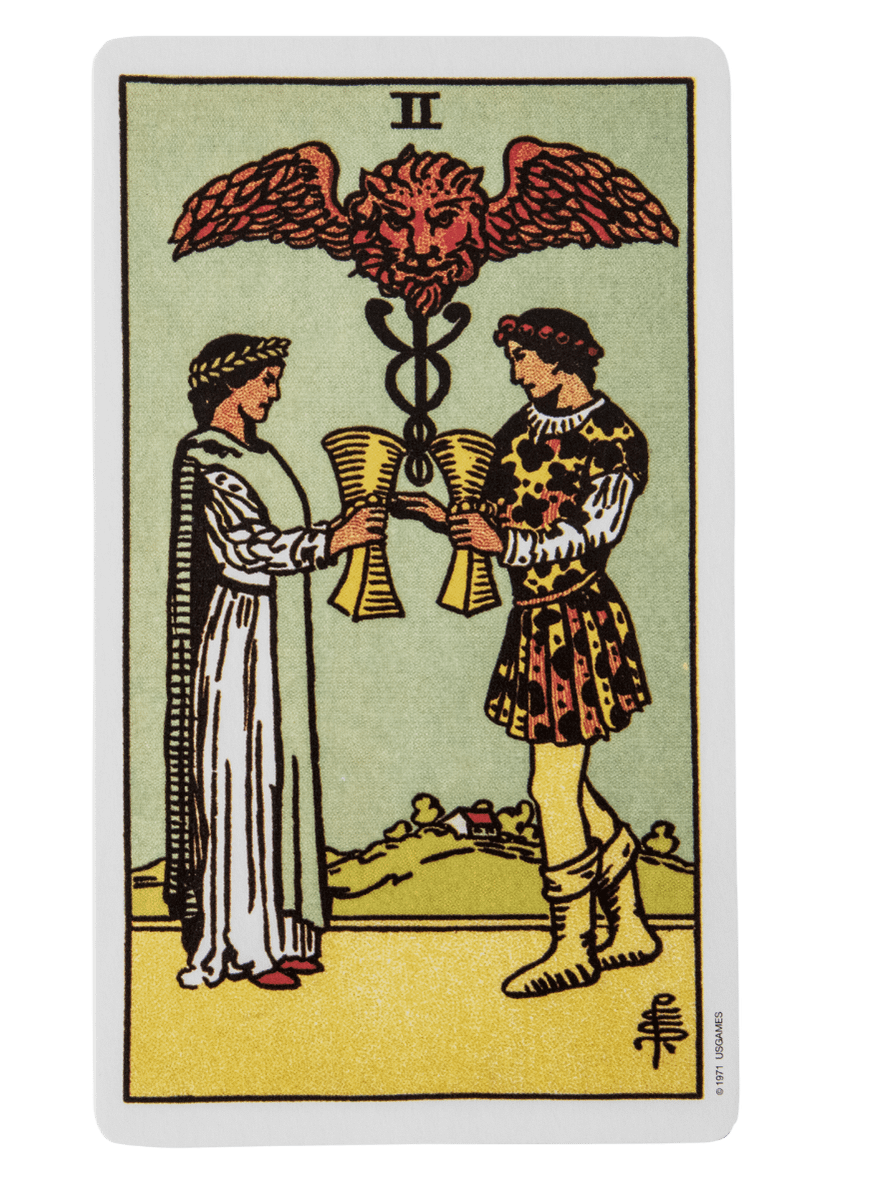
Two of Cups

Three of Cups
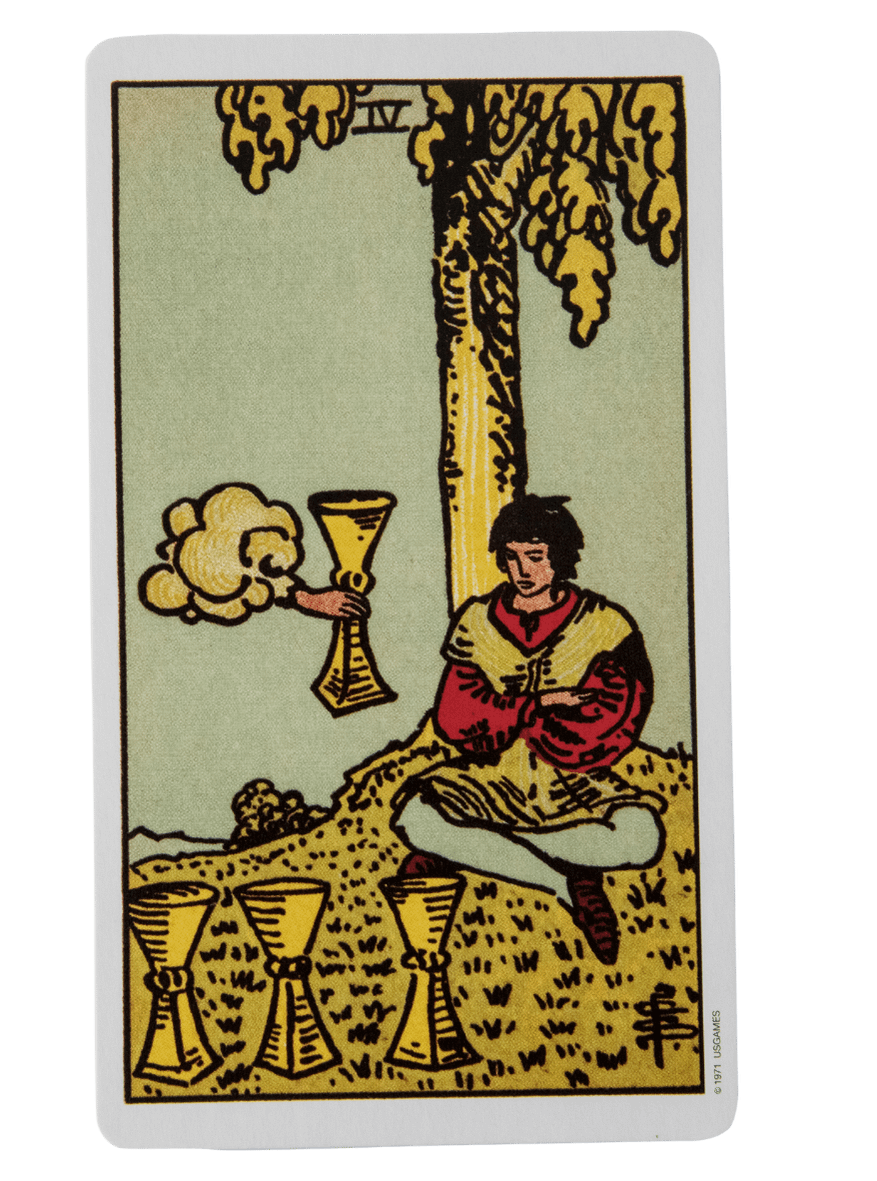
Four of Cups

Five of Cups
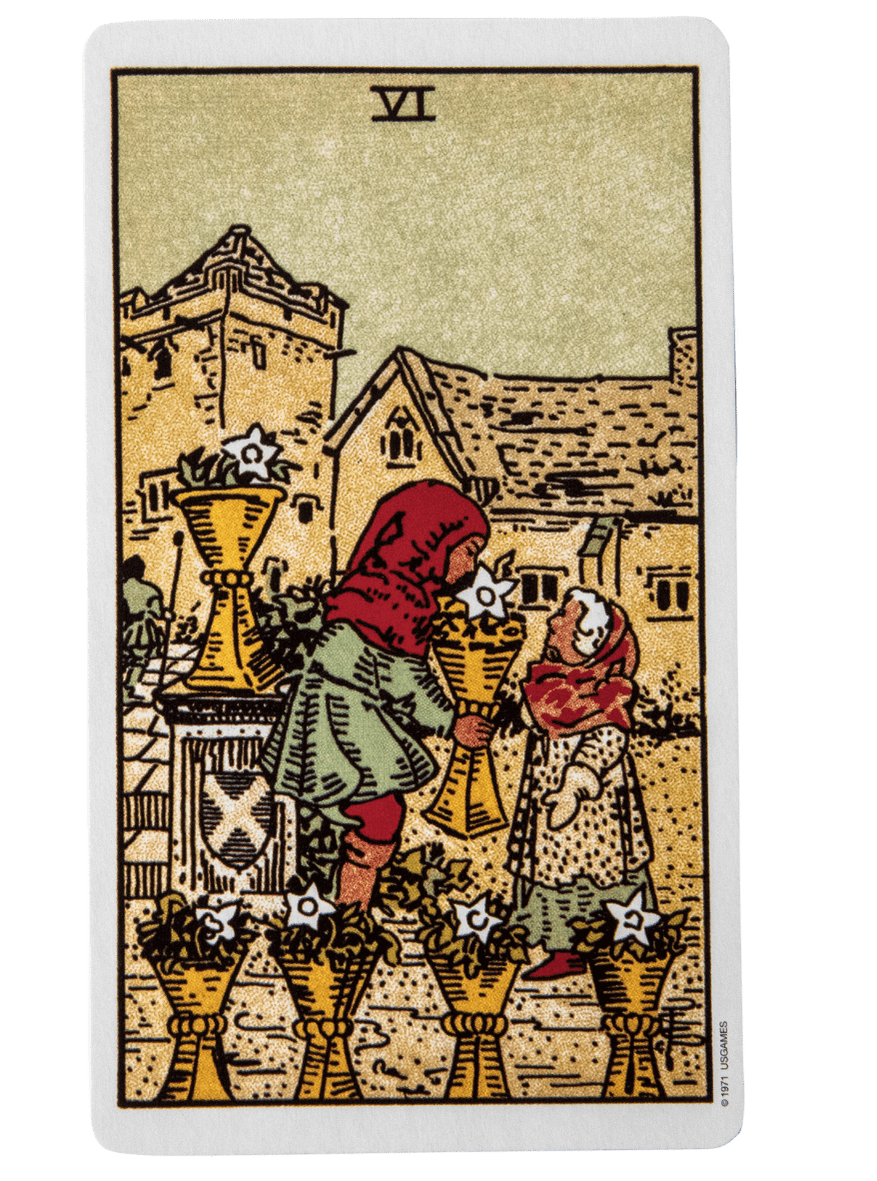
Six of Cups
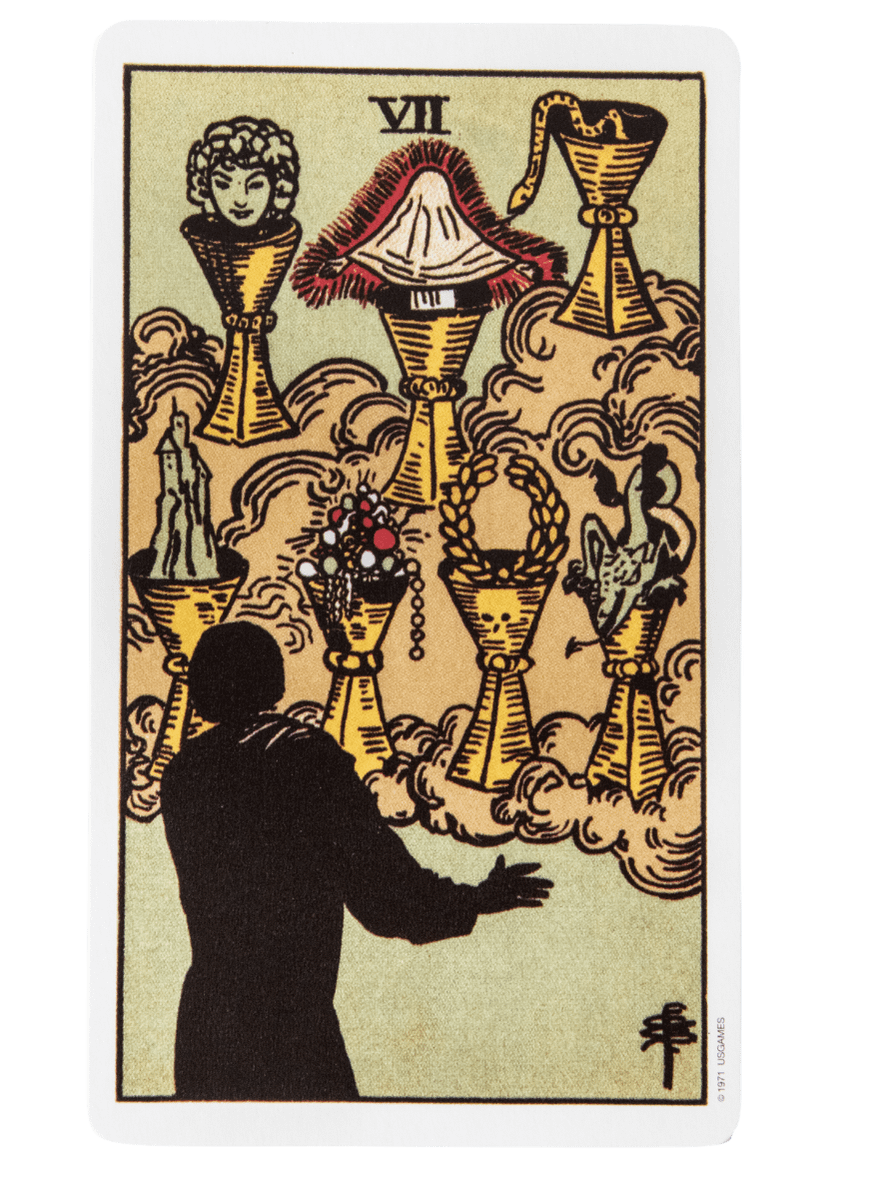
Seven of Cups
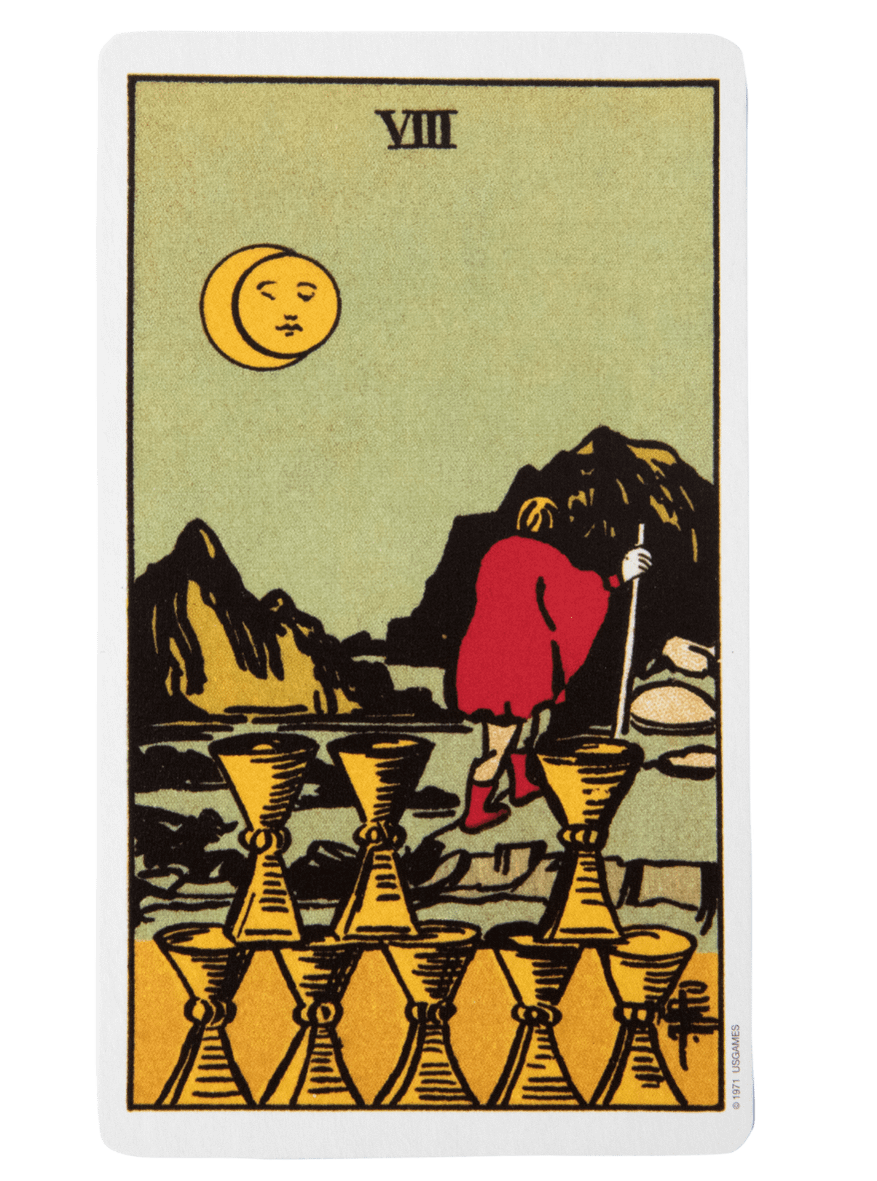
Eight of Cups
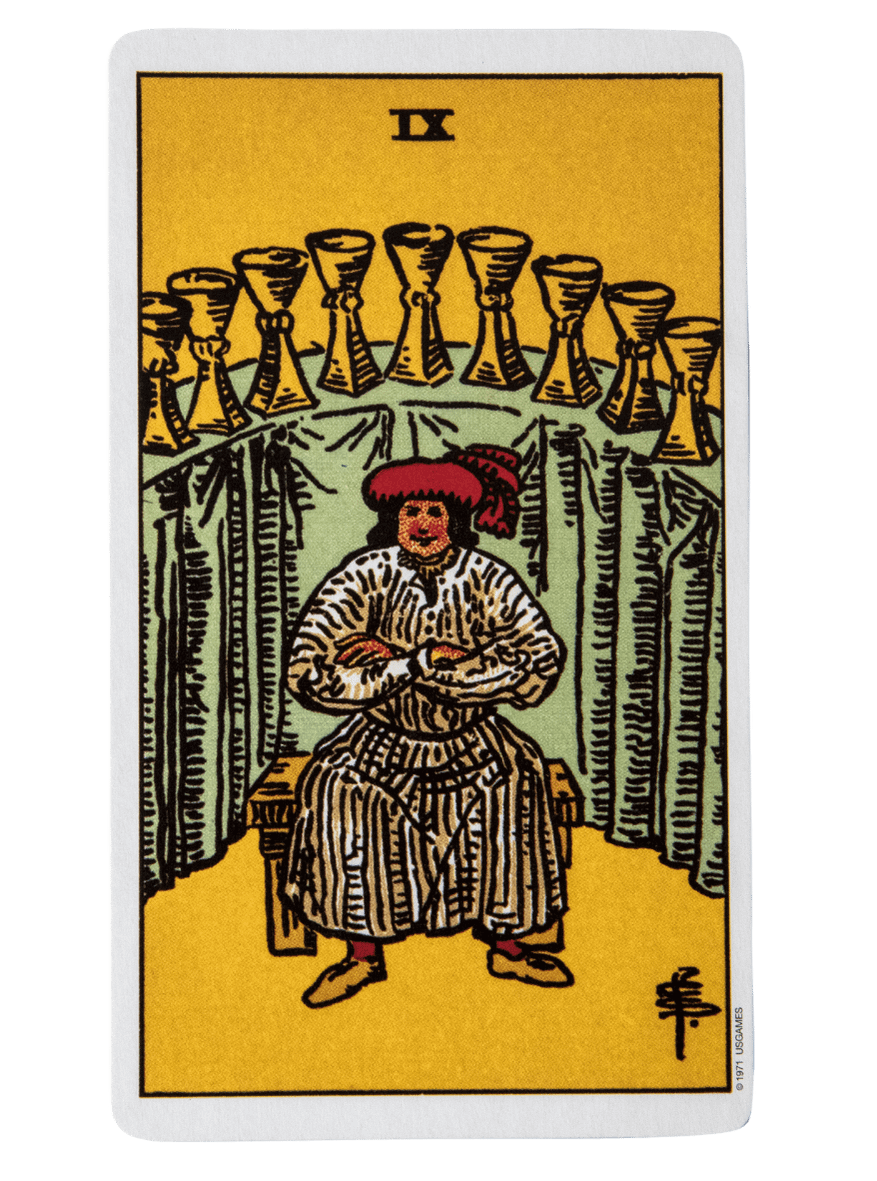
Nine of Cups
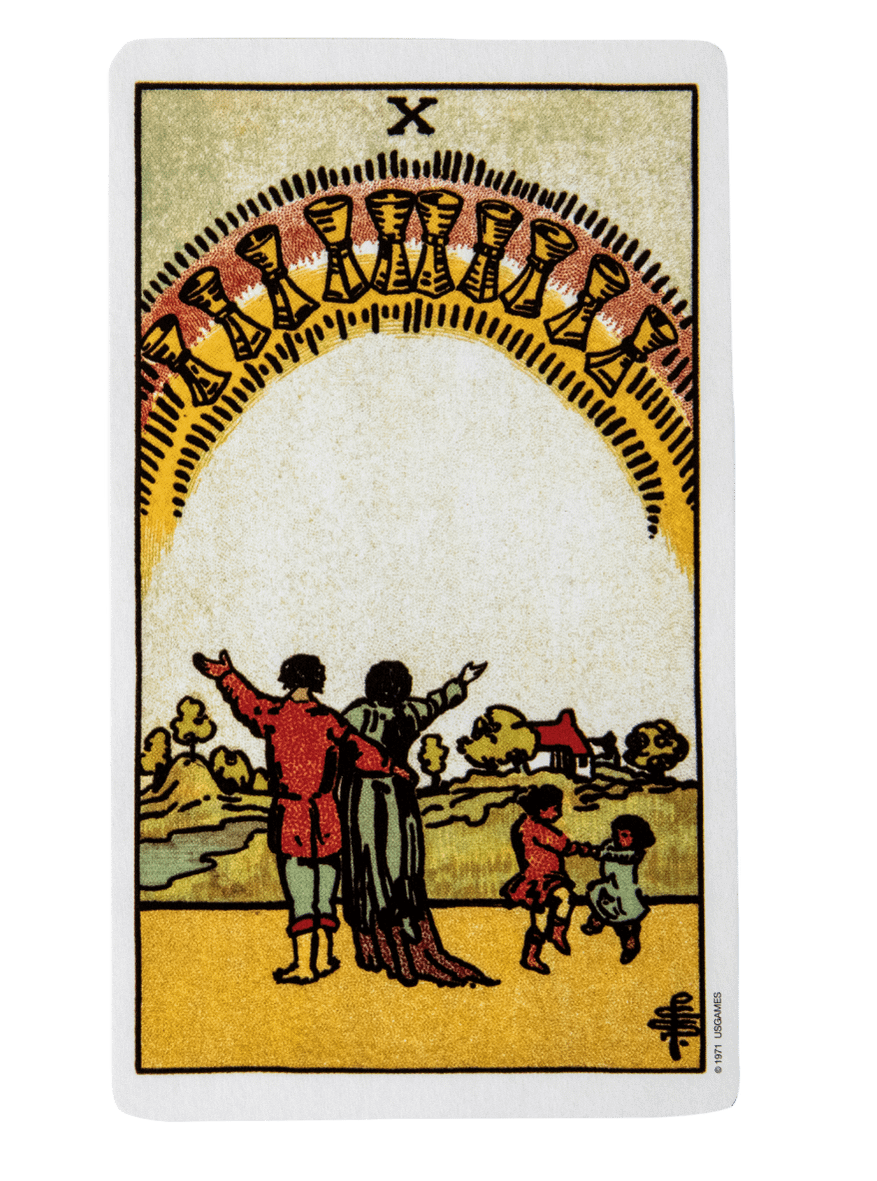
Ten of Cups
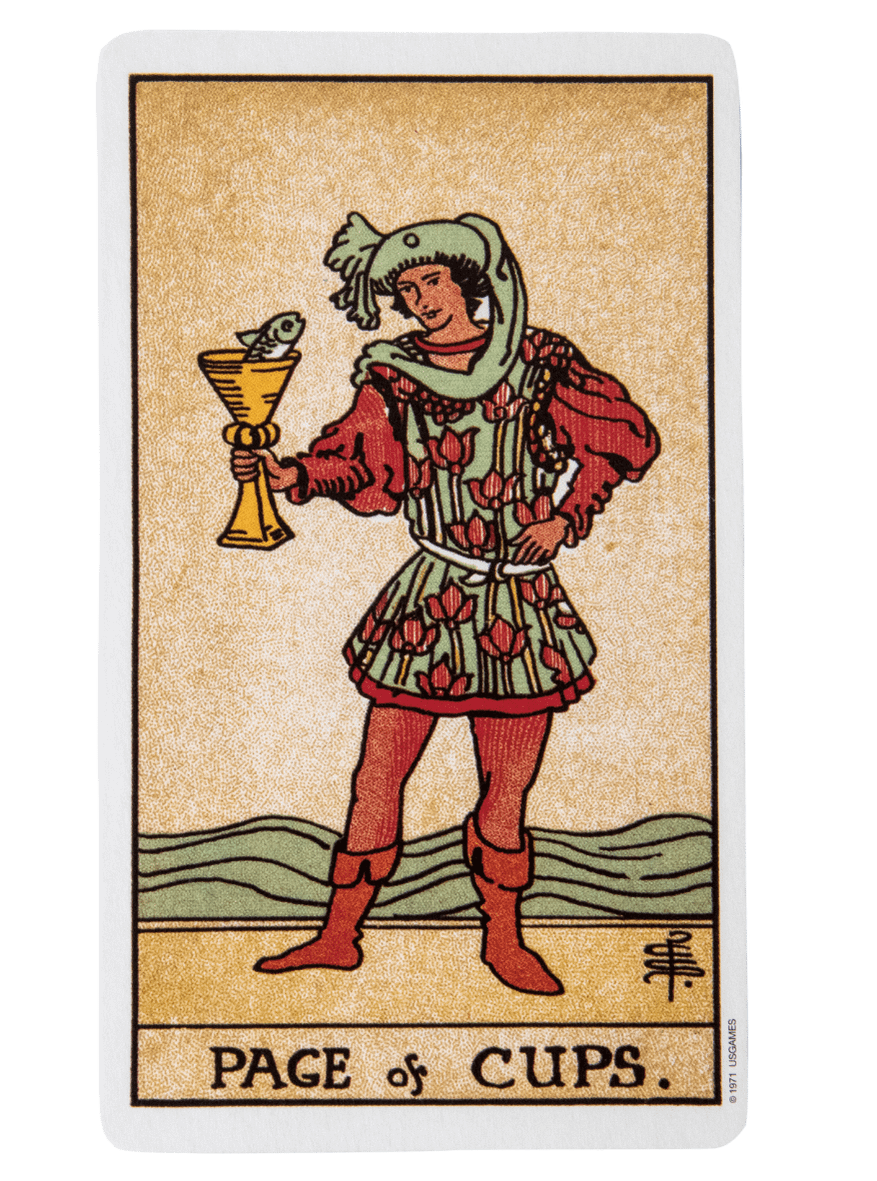
Page of Cups
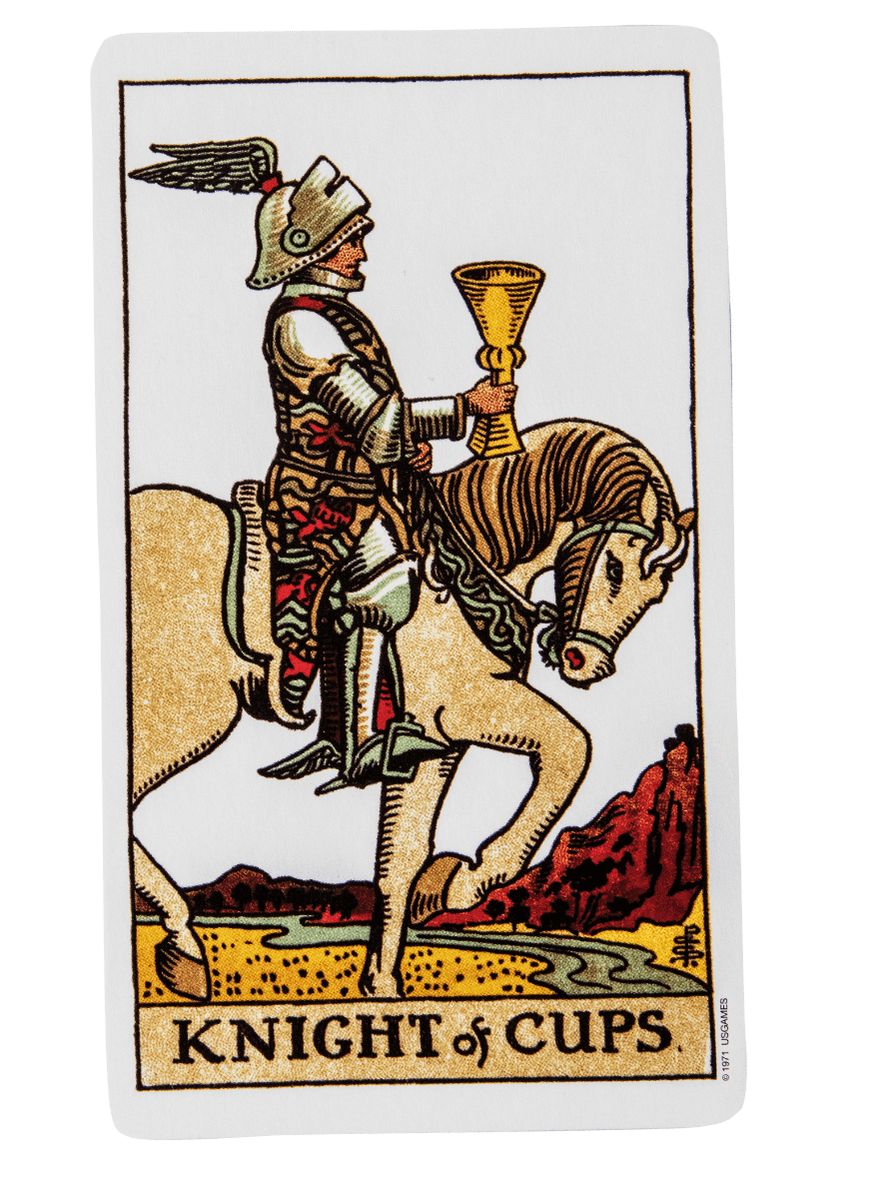
Knight of Cups
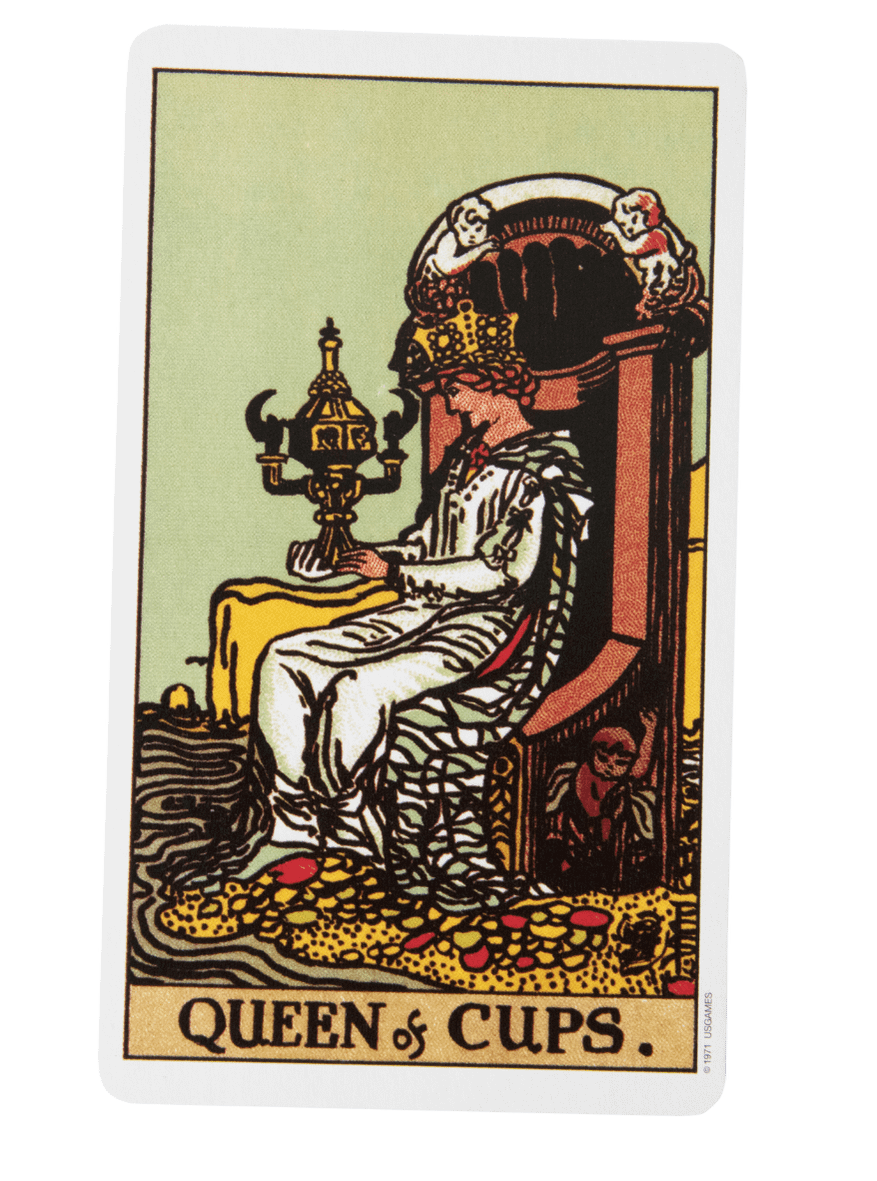
Queen of Cups
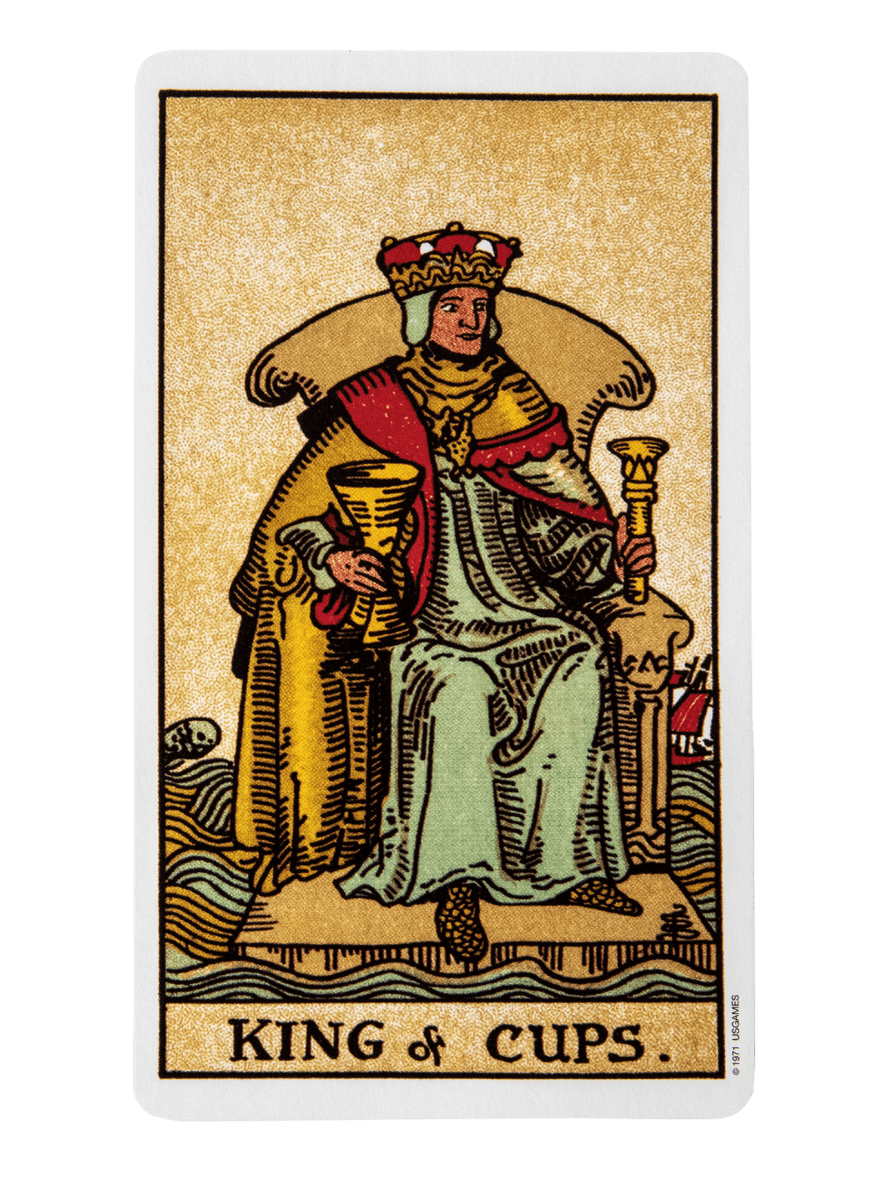
King of Cups
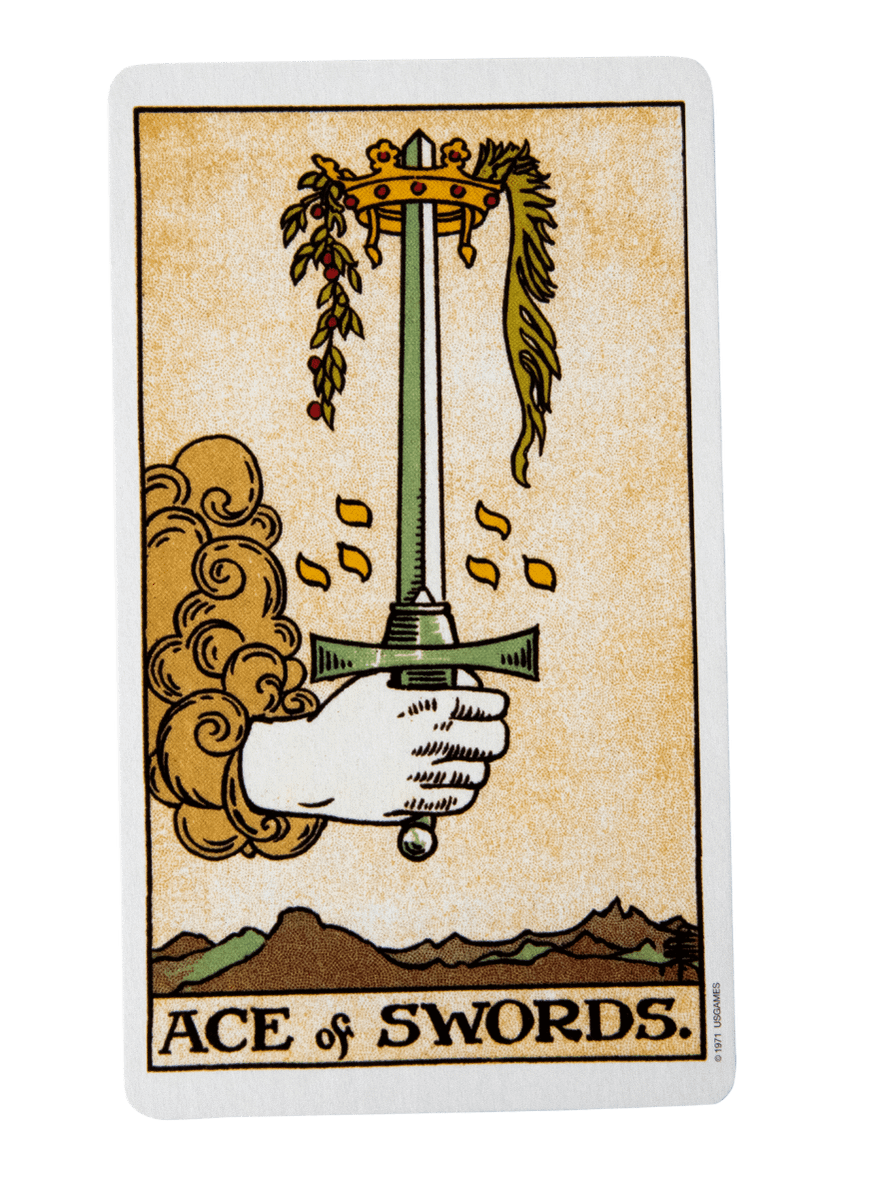
Ace of Swords
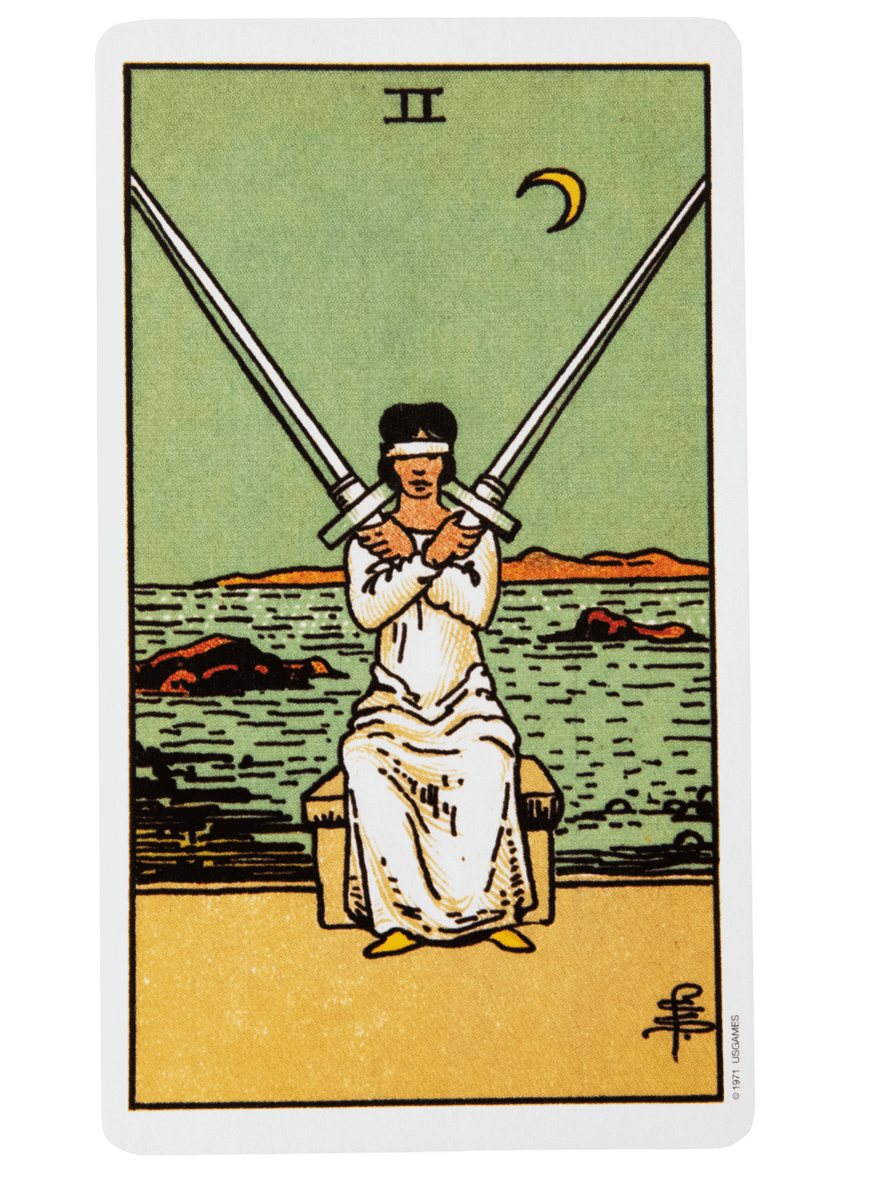
Two of Swords
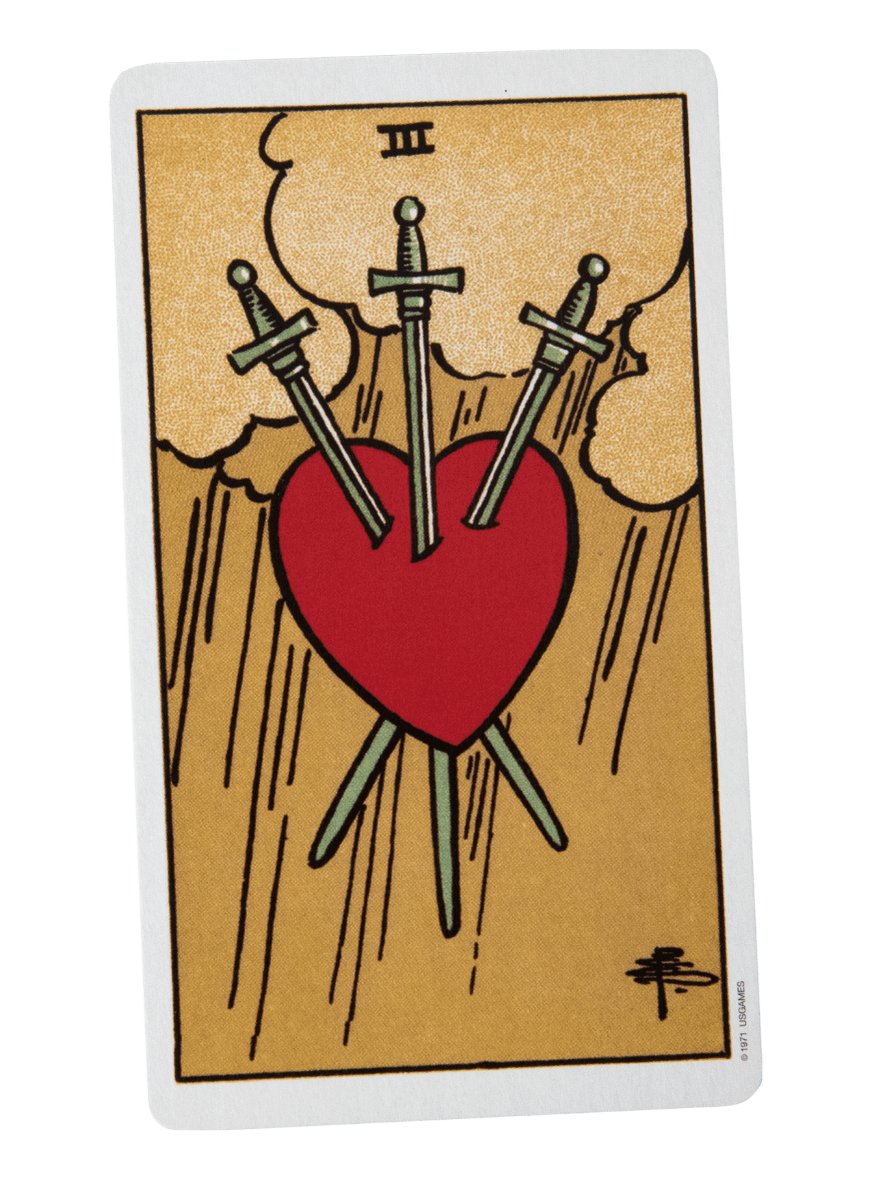
Three of Swords
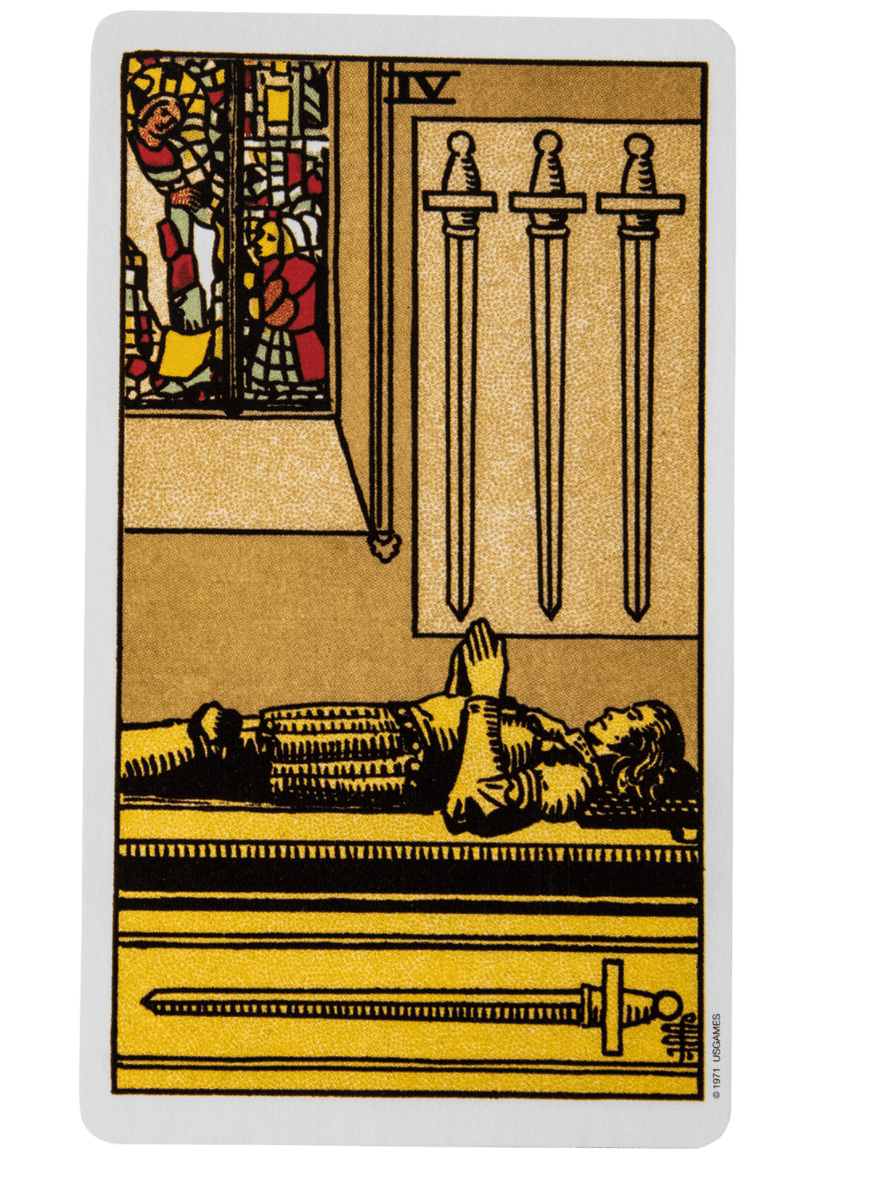
Four of Swords

Five of Swords
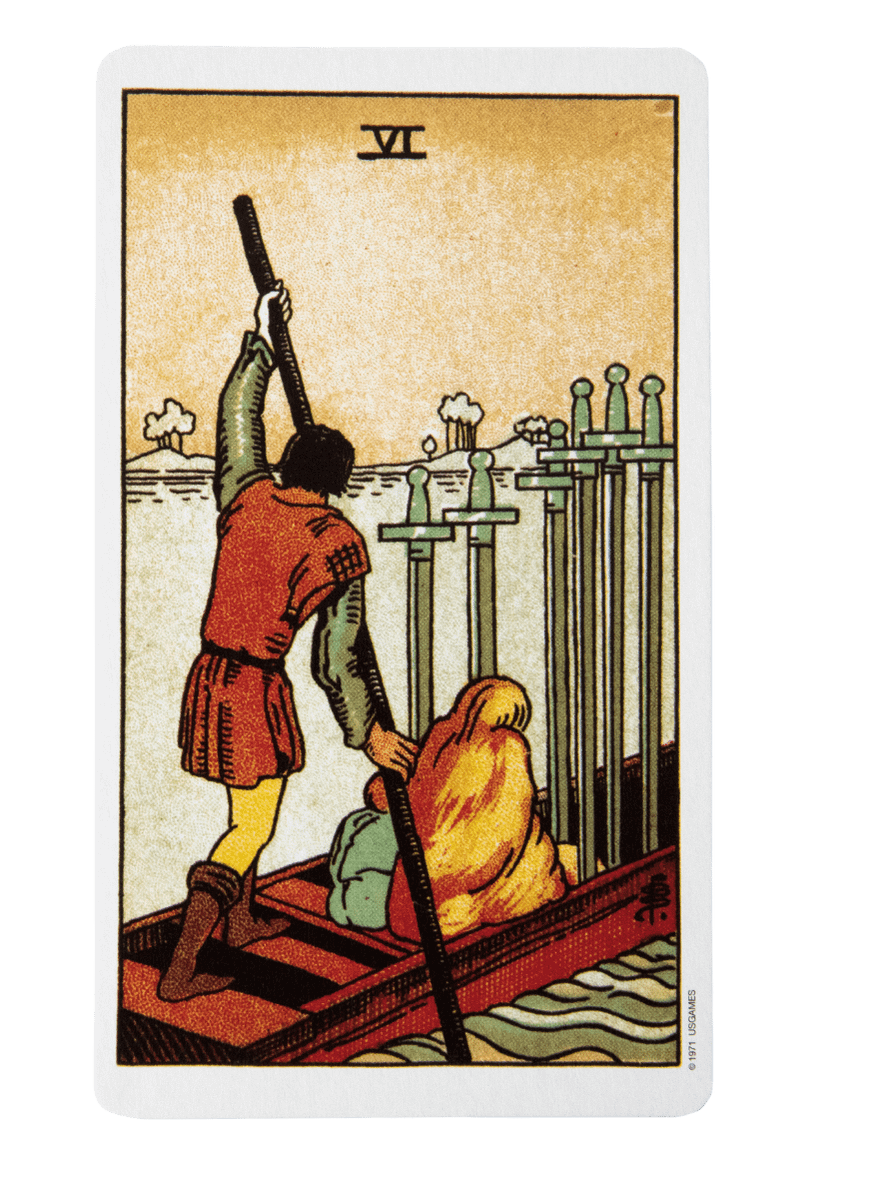
Six of Swords
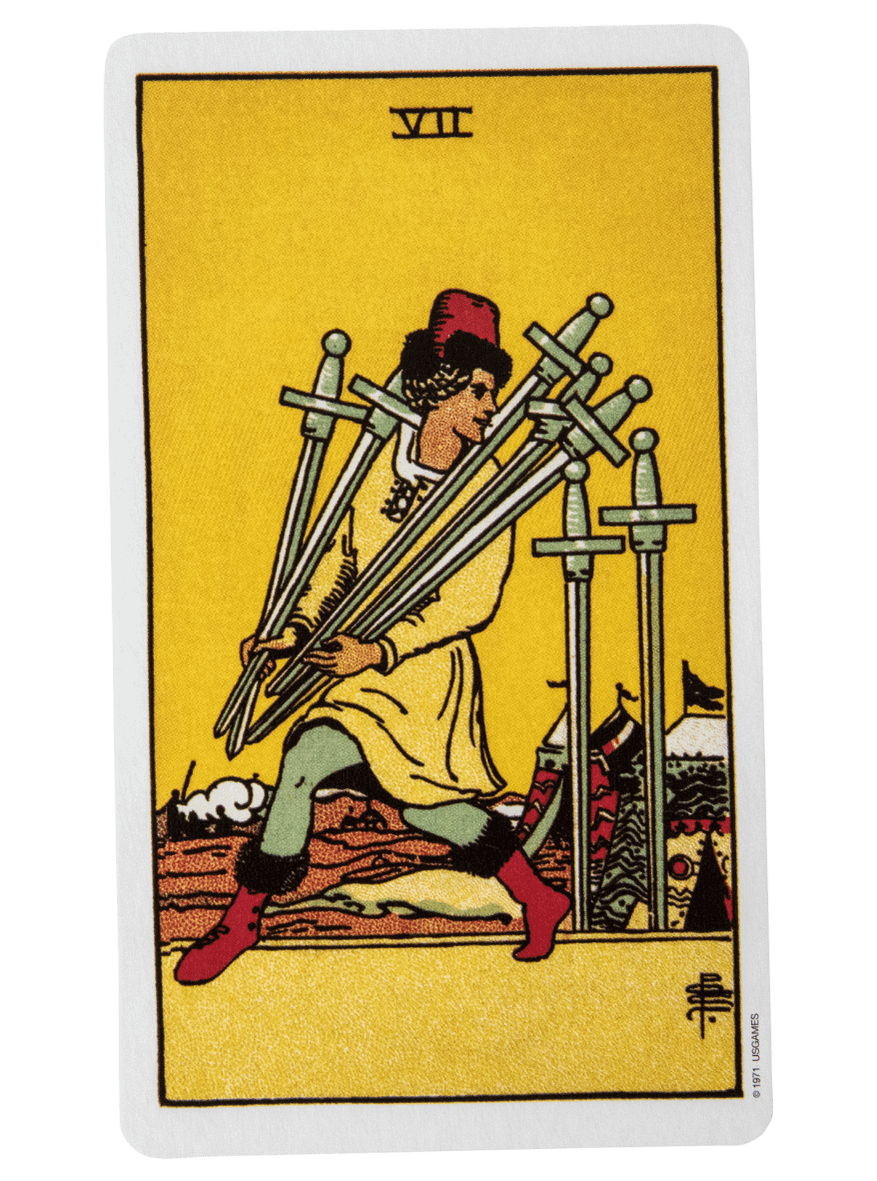
Seven of Swords
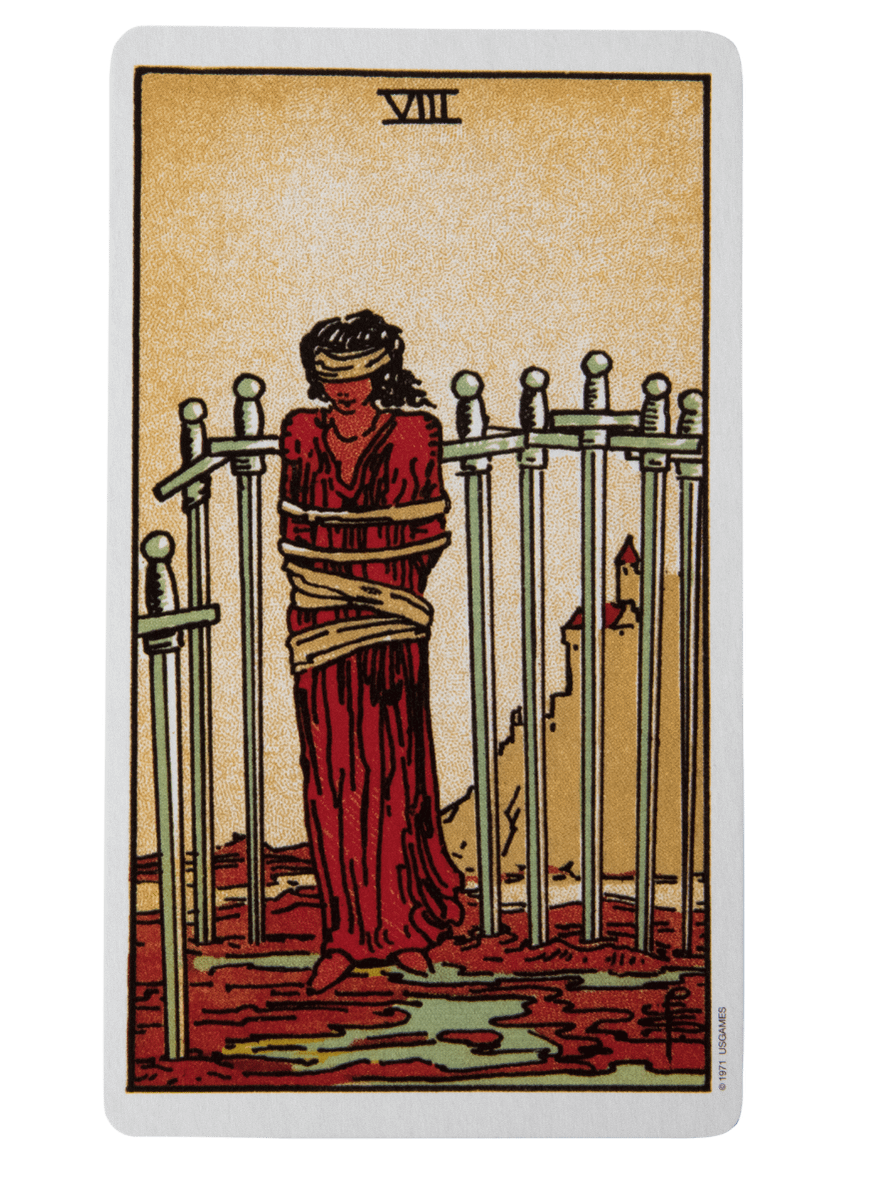
Eight of Swords
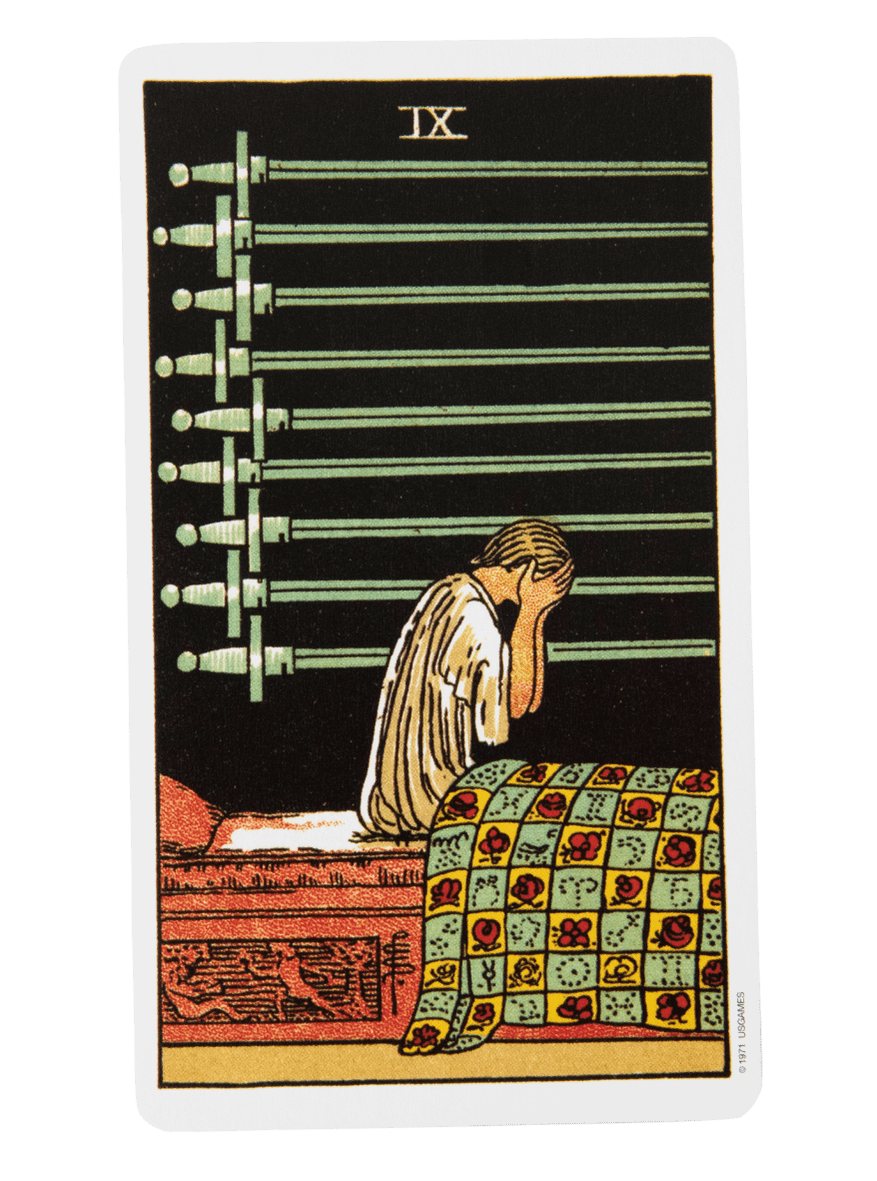
Nine of Swords

Ten of Swords
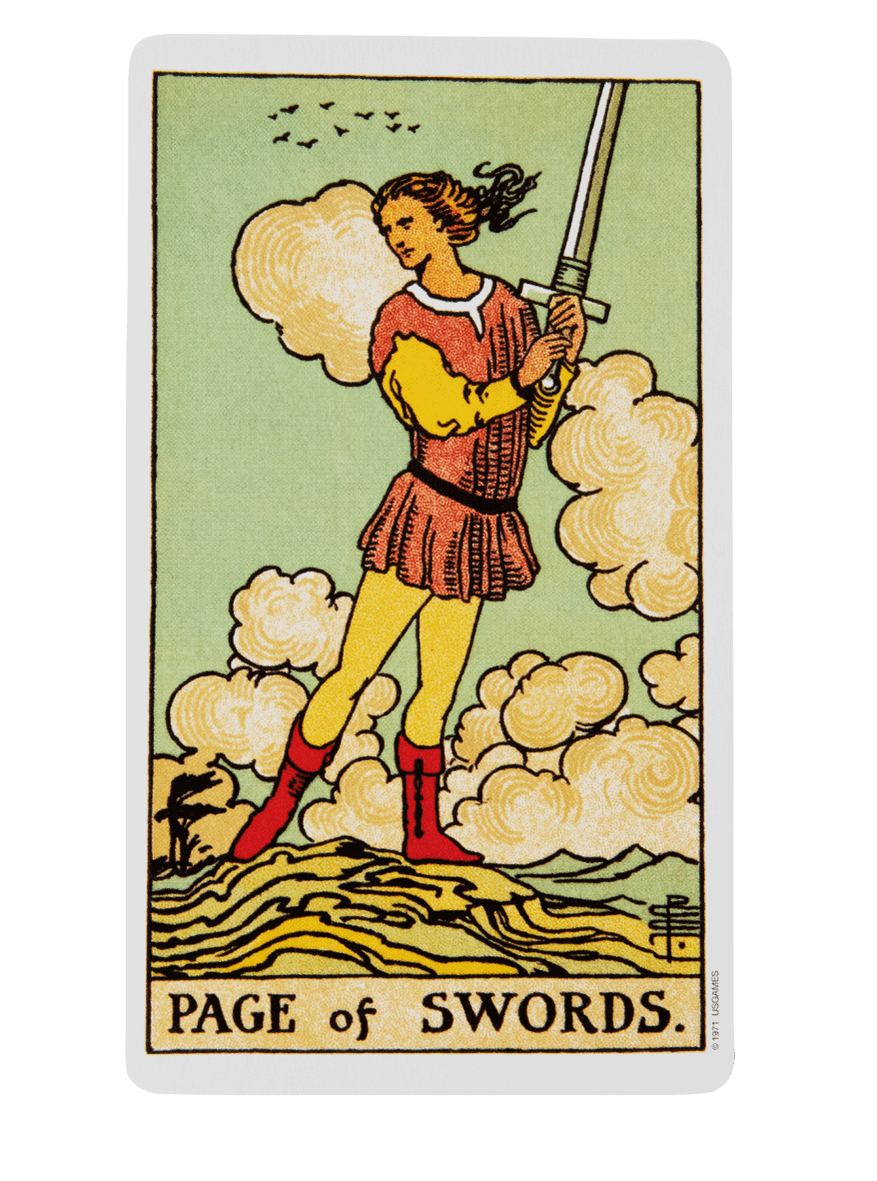
Page of Swords
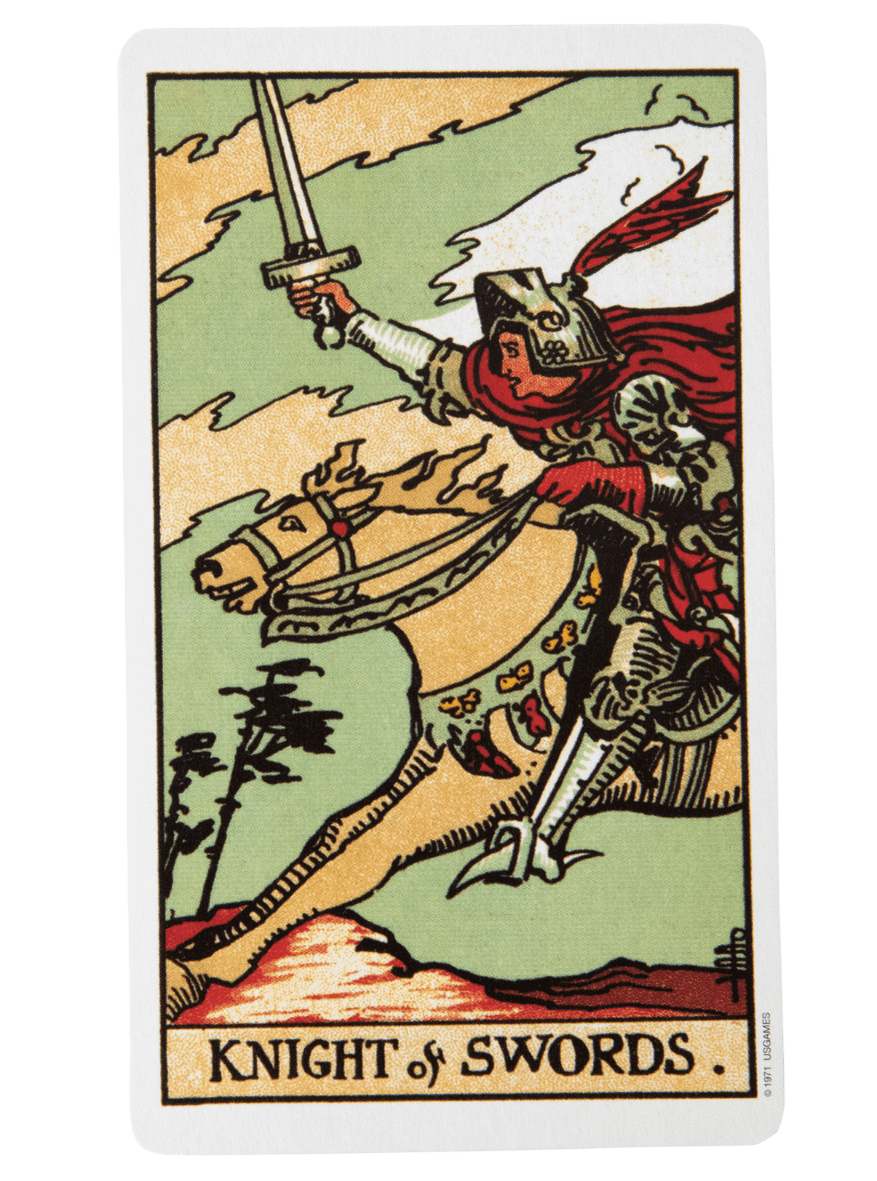
Knight of Swords

Queen of Swords
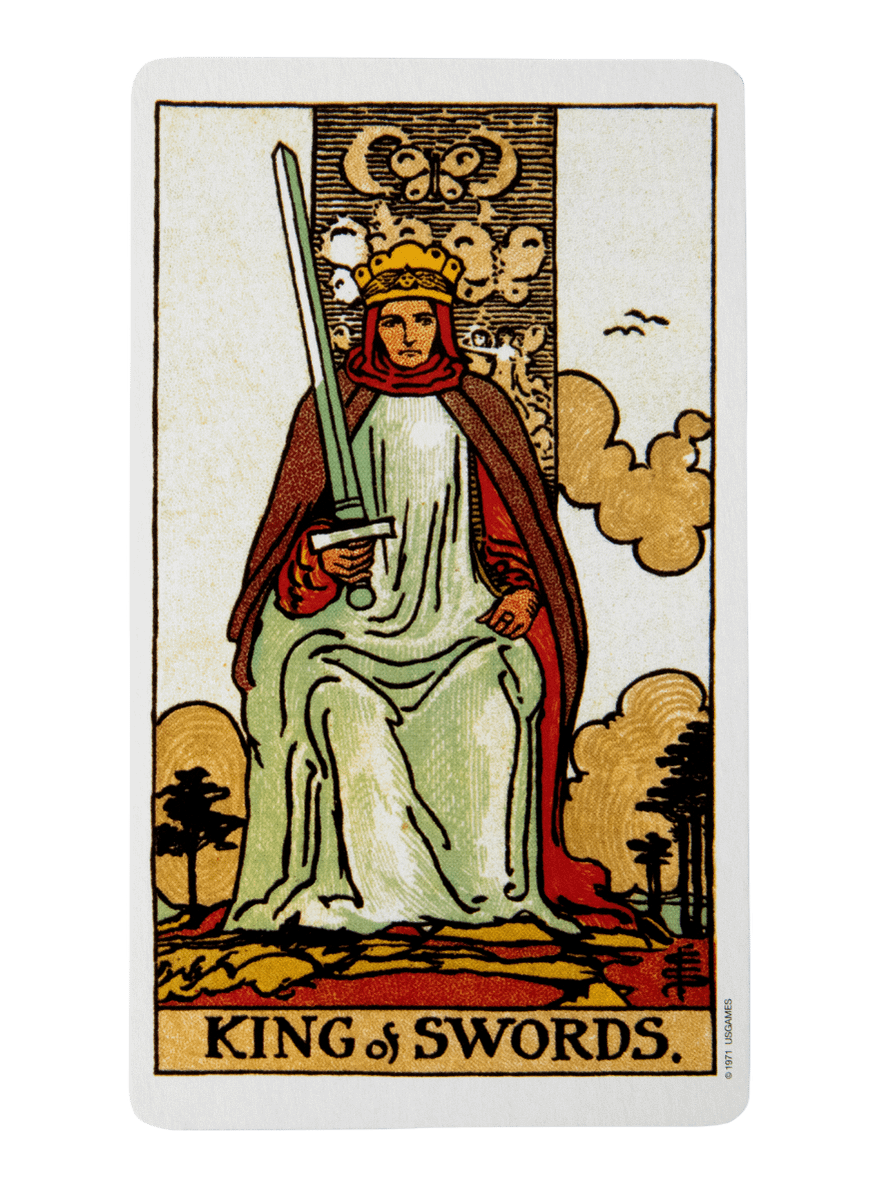
King of Swords

Ace of Wands
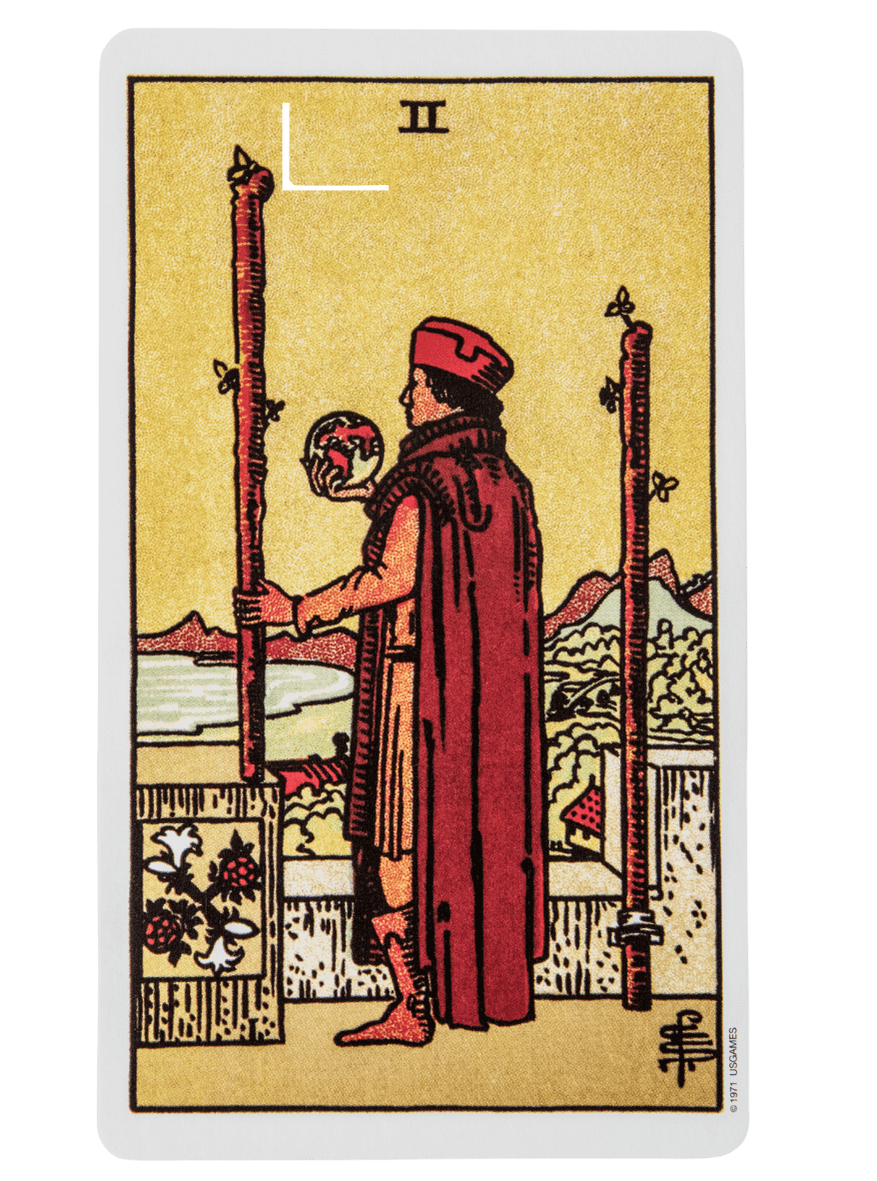
Two of Wands
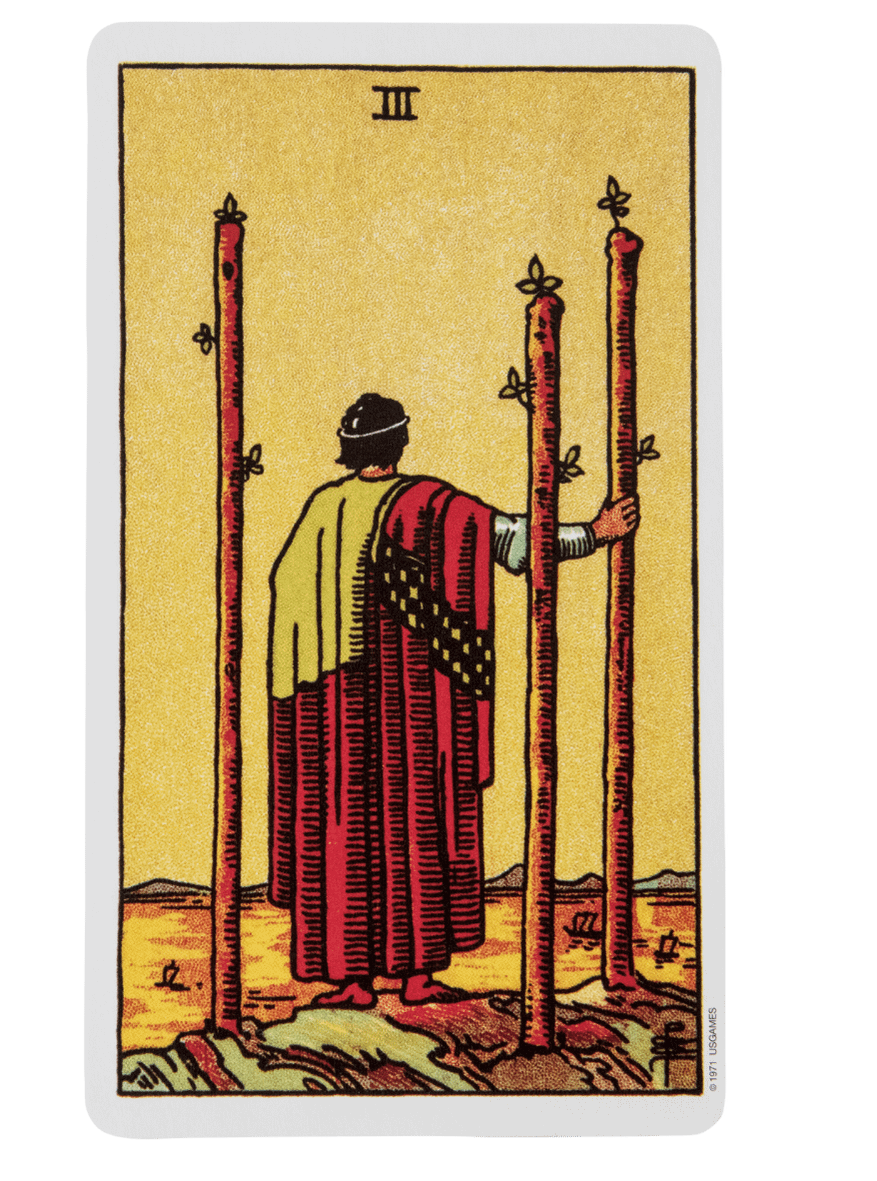
Three of Wands
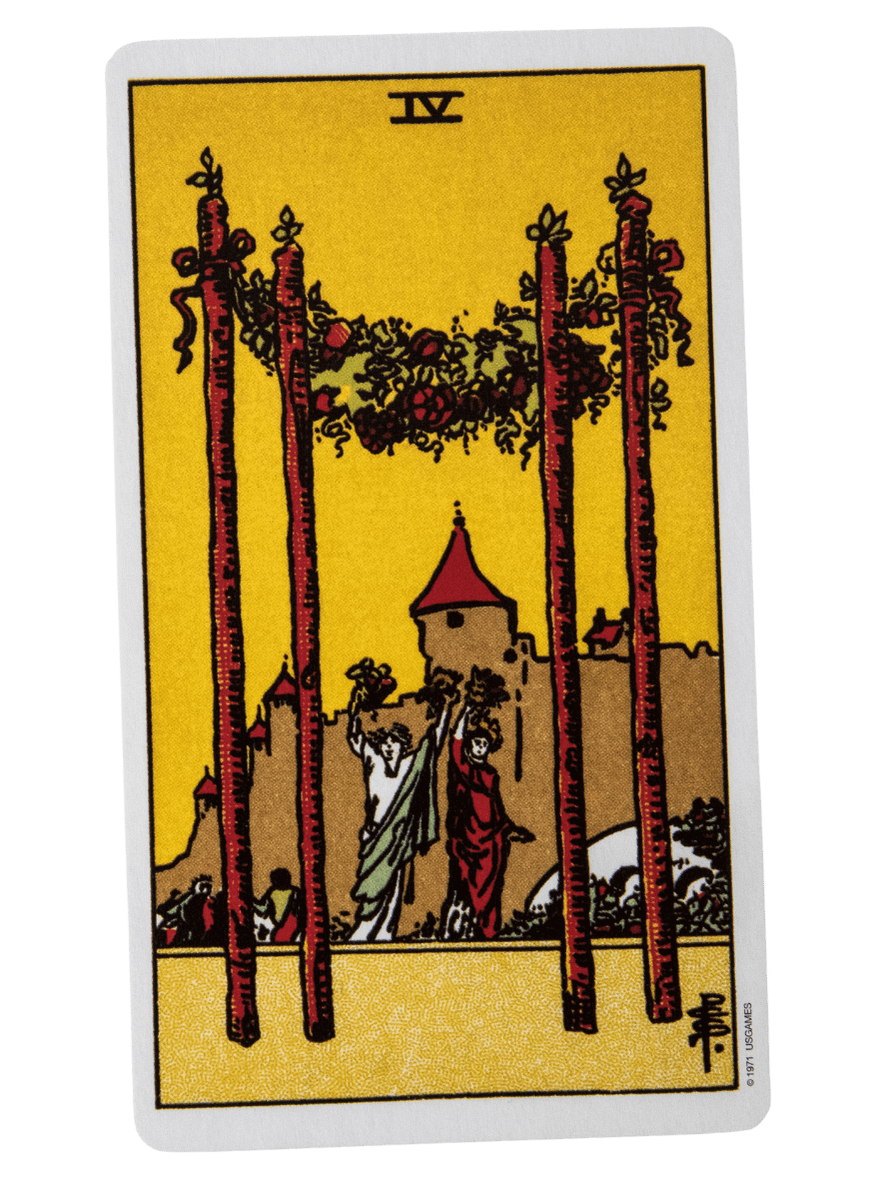
Four of Wands
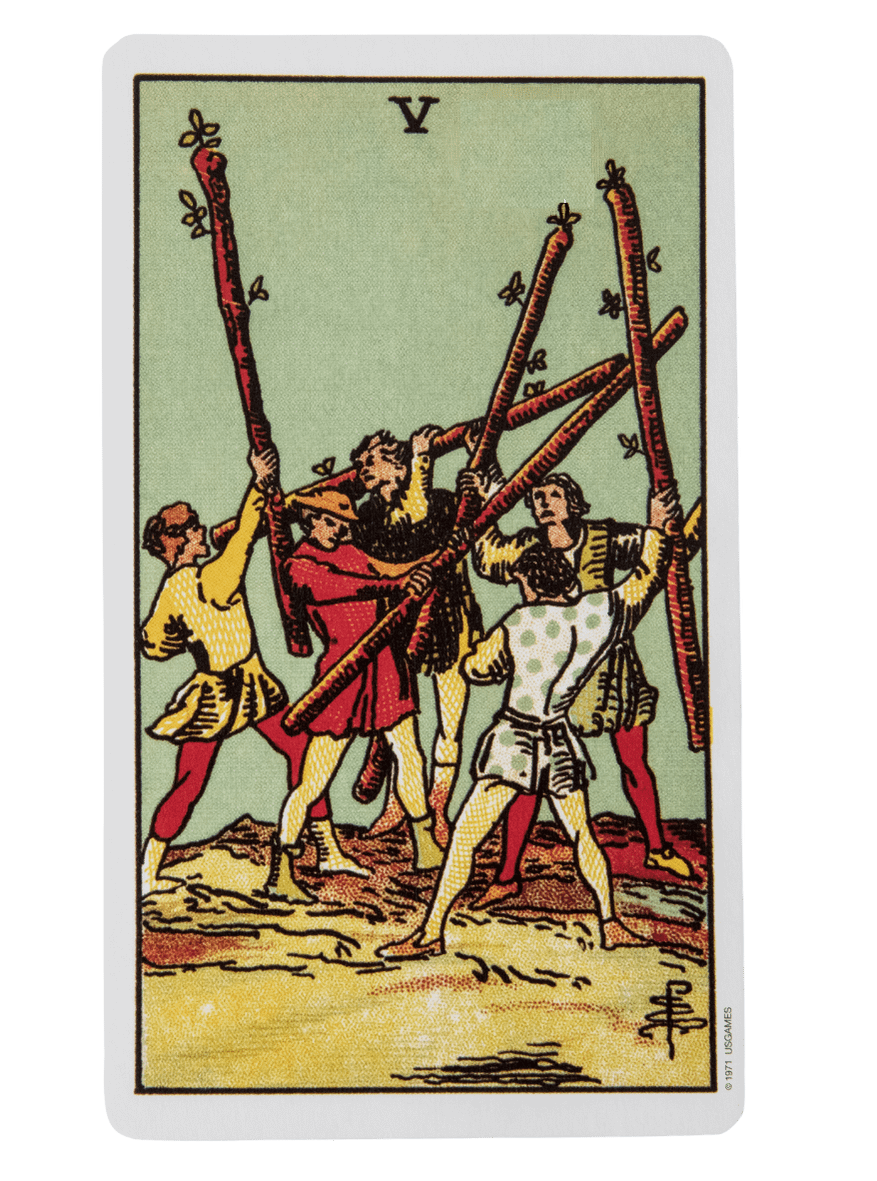
Five of Wands
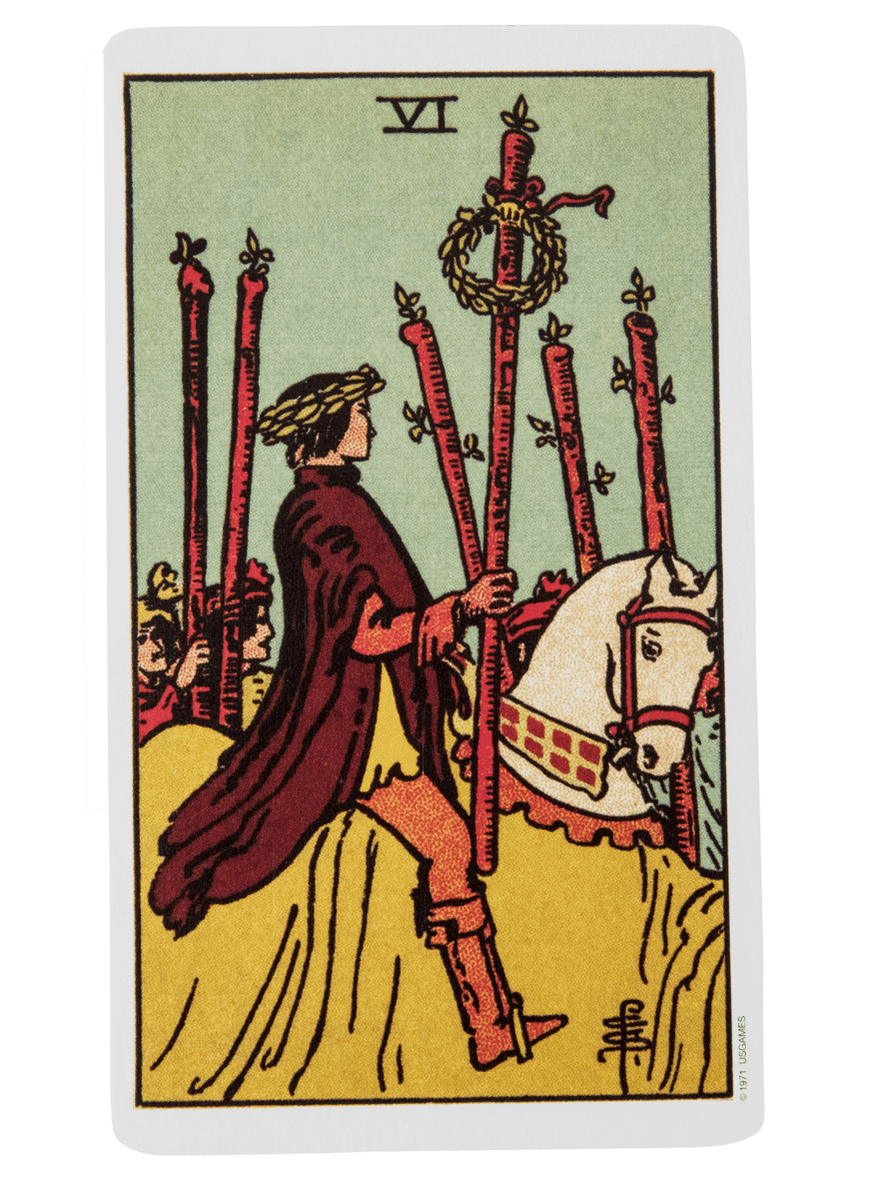
Six of Wands
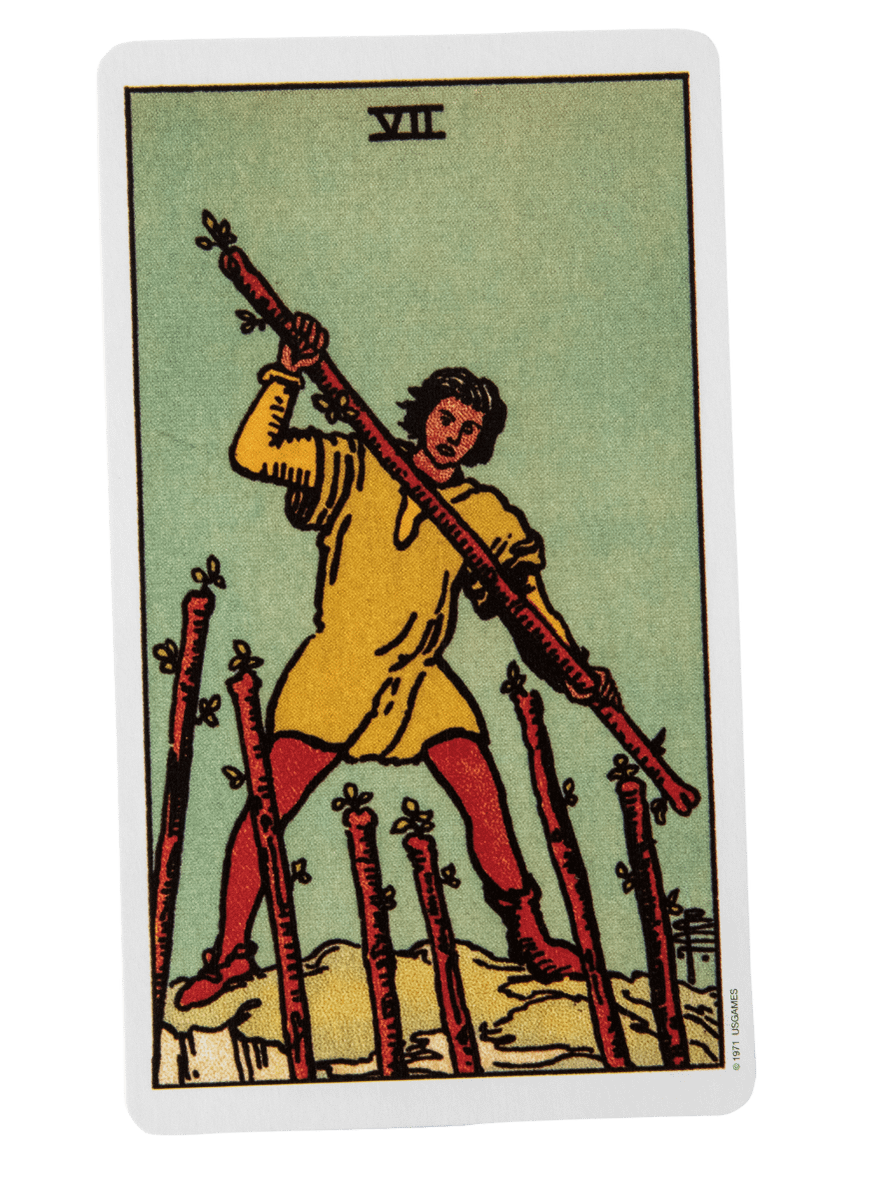
Seven of Wands
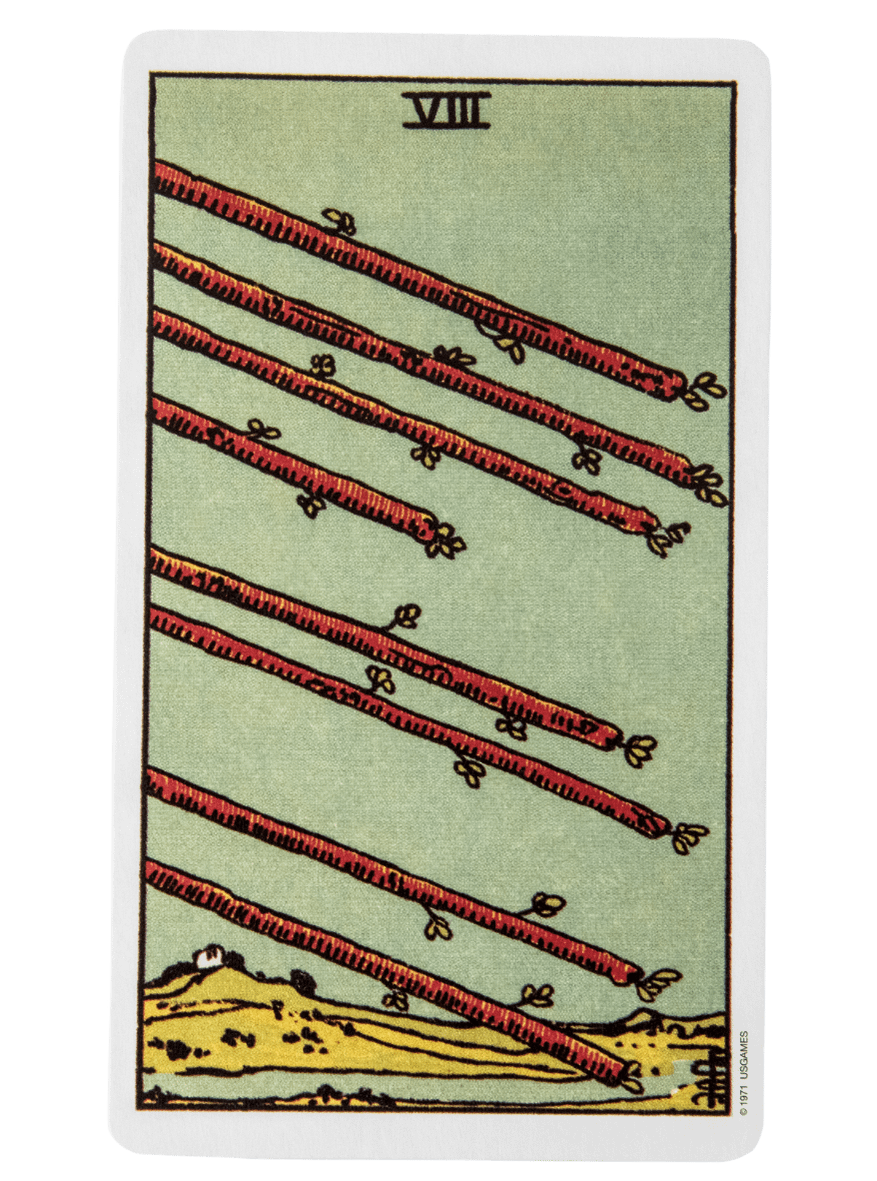
Eight of Wands
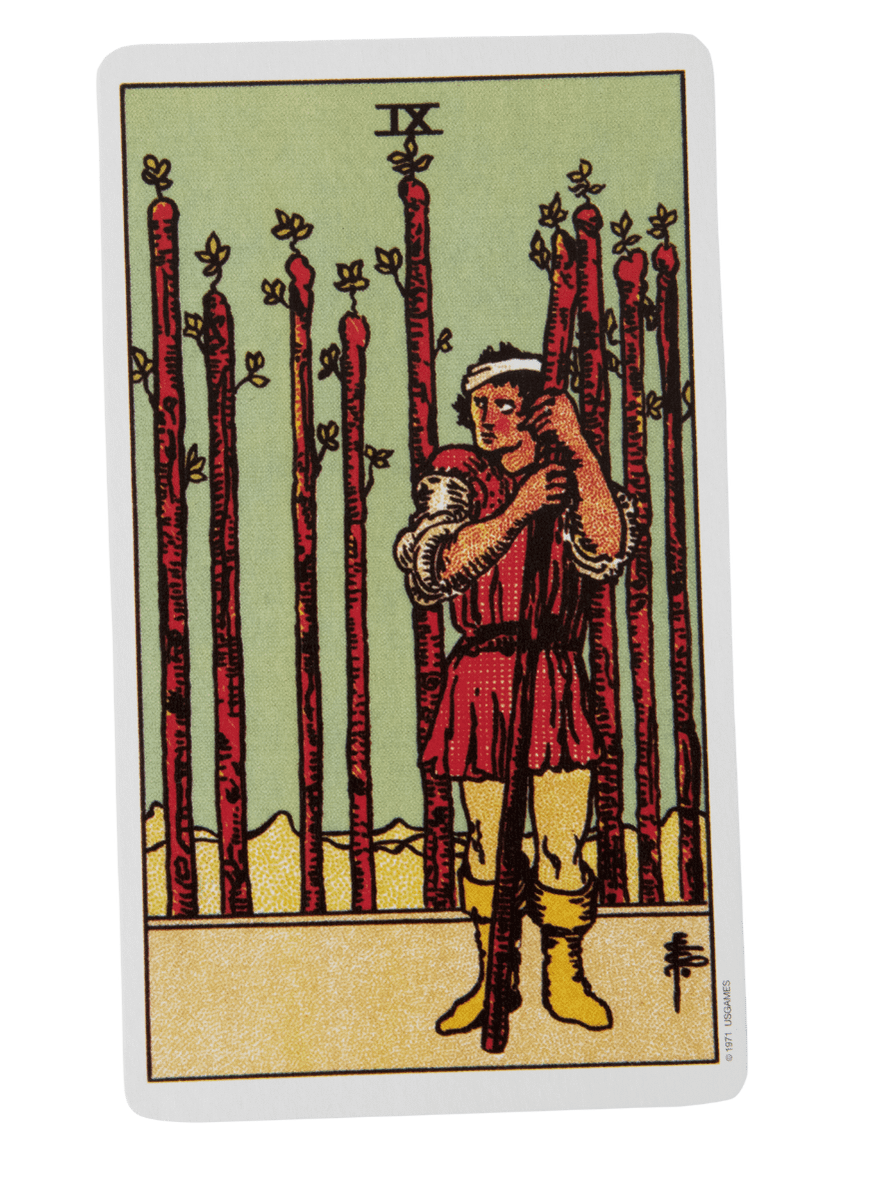
Nine of Wands
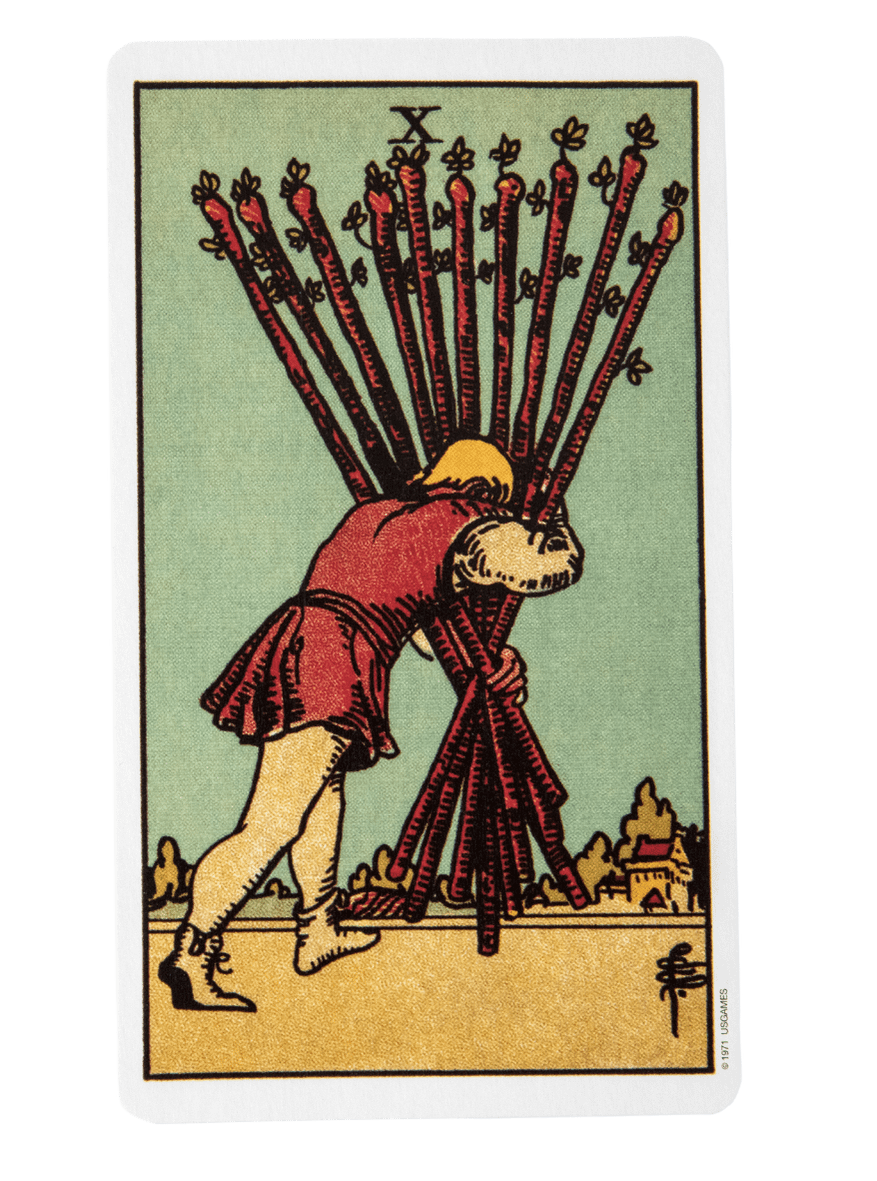
Ten of Wands
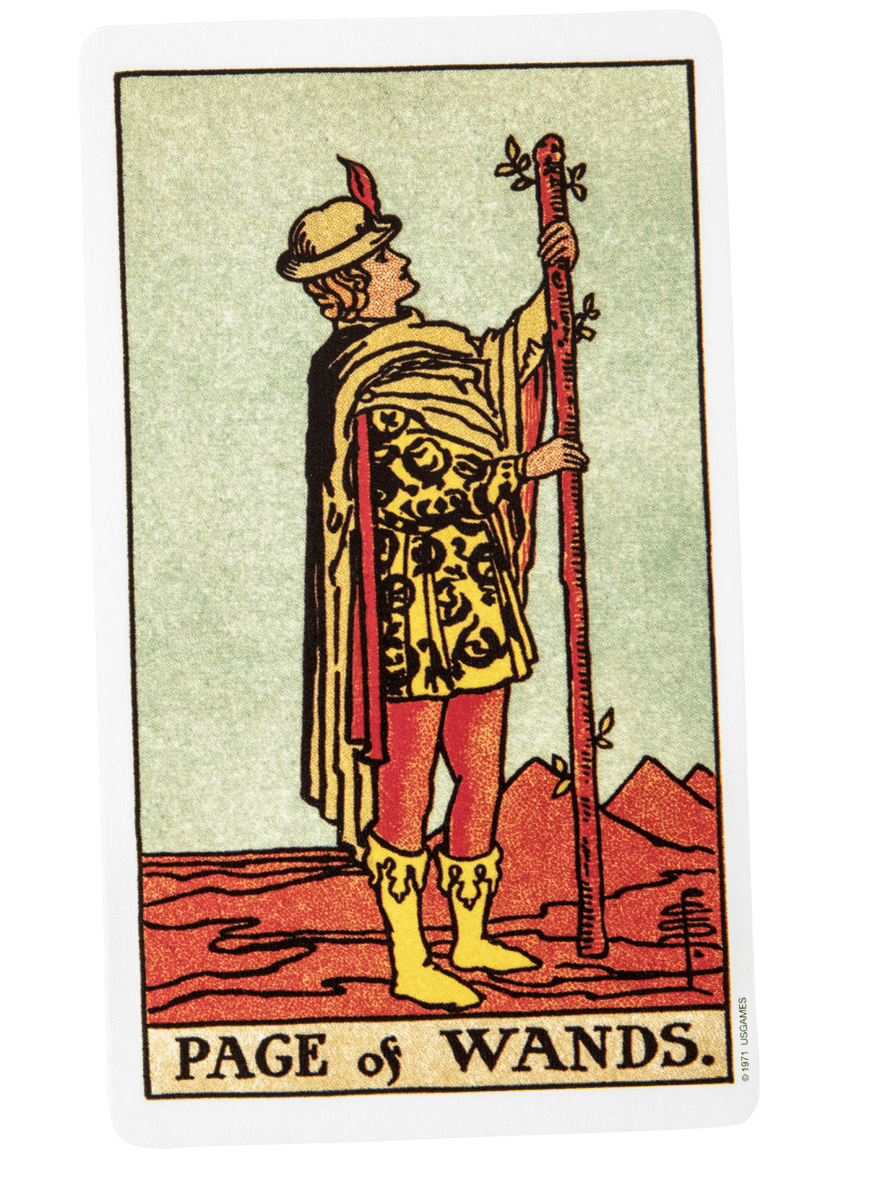
Page of Wands
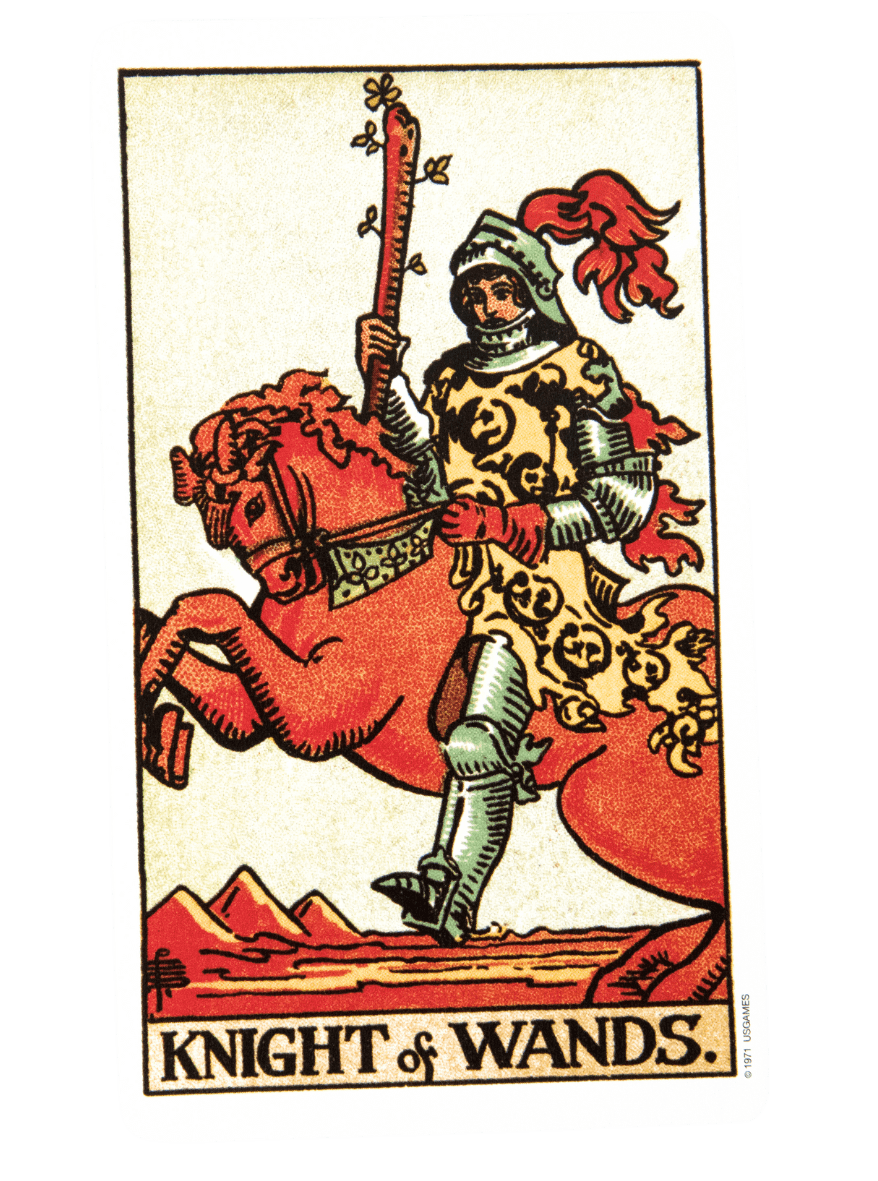
Knight of Wands
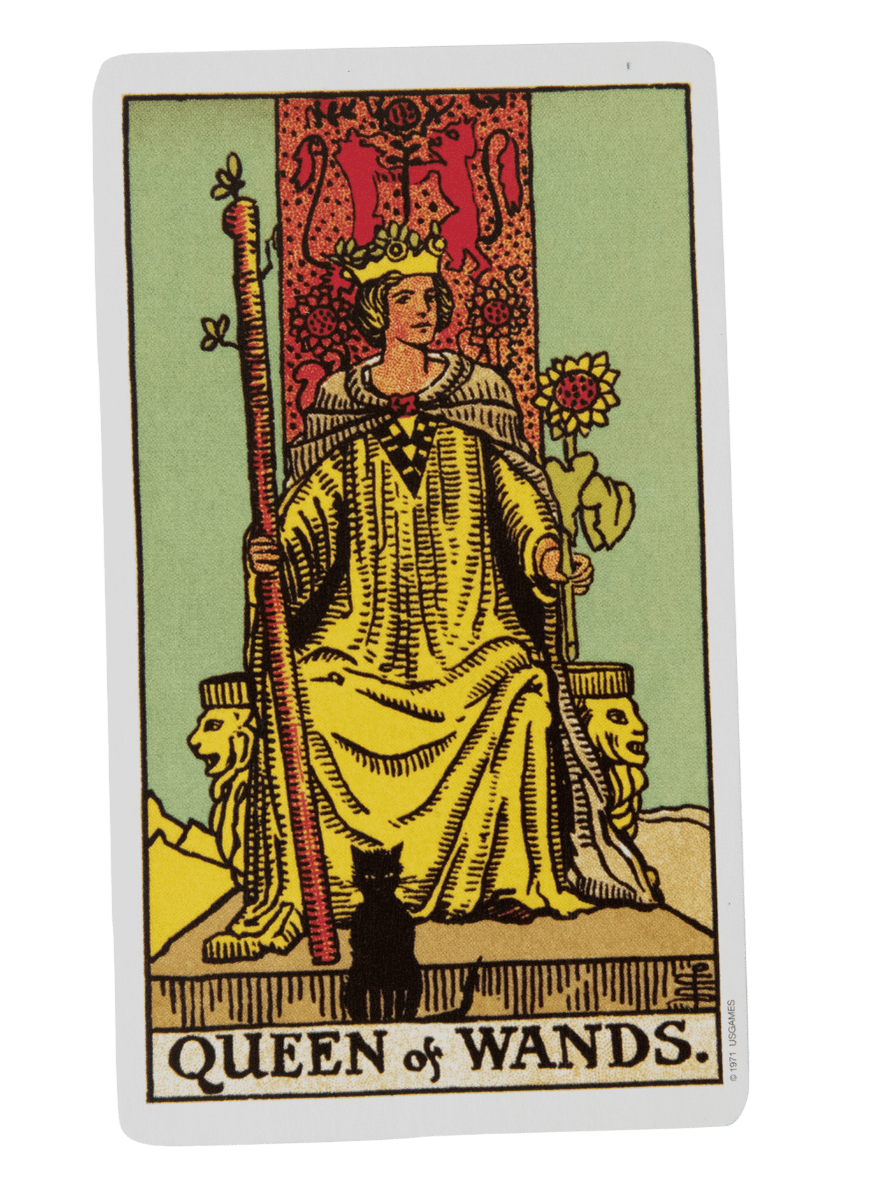
Queen of Wands
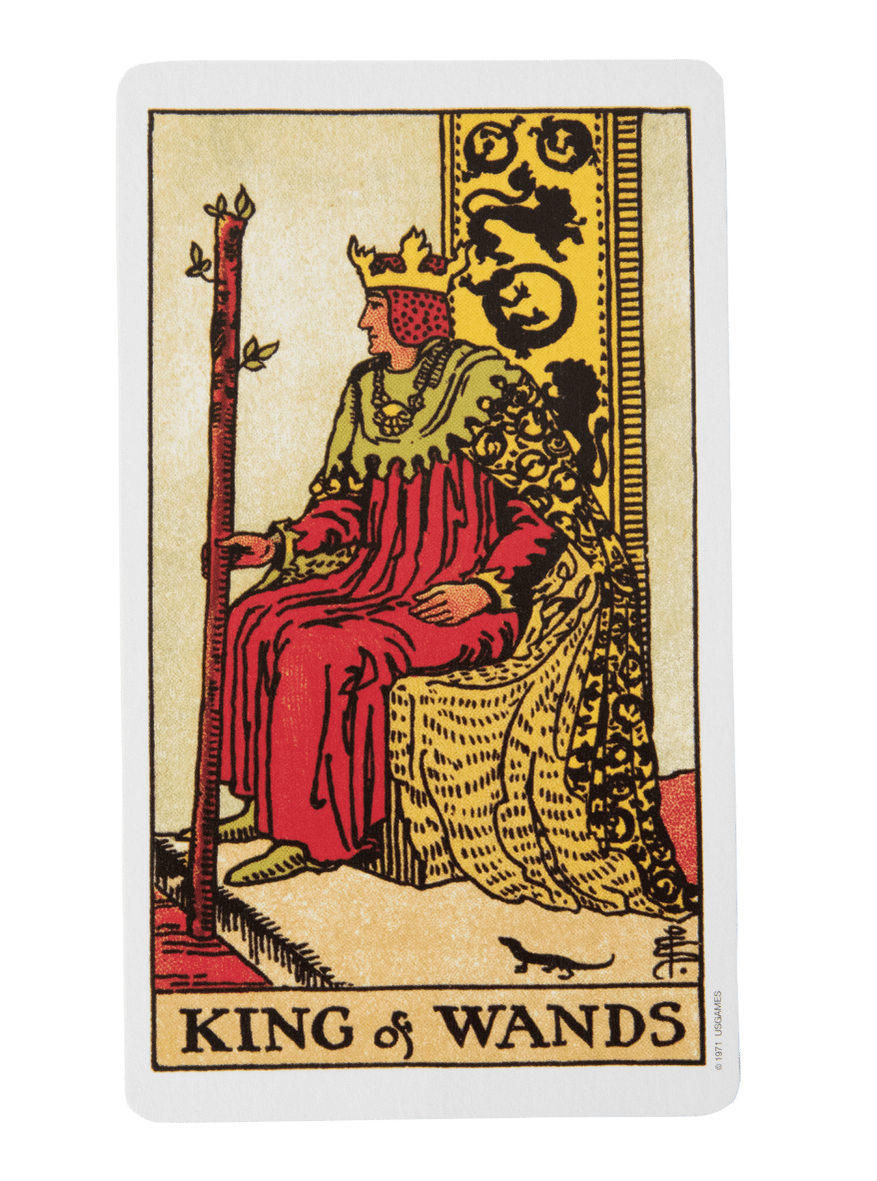
King of Wands
Major Arcana vs Minor Arcana

Majors set the theme. Minors explain the how. When a Major appears, treat it as the lesson or turning point. When Minors cluster, treat them as the plan and the detail. Together, they keep a reading both meaningful and practical, so insight becomes action that fits real life.
How to Read the Minor Arcana
Begin by identifying the suit, then the number, and finally the image in detail. Name the emotion or life area linked to the suit and explain its relevance. Identify the stage or challenge from the number. Describe the action, mood, or obstacle in the image. Translate into clear, everyday language. End by deciding what can help now, what can wait, and the most honest next step to take.
You can also look for repetition, contrast, or flow across the spread. How do the Minors interact with each other and with any Majors present? This builds a richer story.
When Minor Arcana Appears in Clusters
A run of one suit spotlights that life area. Many Swords point to thinking and communication. Many Pentacles point to work and body. A number that repeats shows where you are in a cycle. Use clusters to set priorities and to decide where to slow down or where to move.
If the same suit appears with a clear sequence, like Six, Seven, Eight, it can suggest ongoing progress or escalation. If the numbers jump around, it may indicate scattered focus.
Common Mistakes to Avoid
Reading by keywords only
Keywords help, but the image, position, and context matter more. Look at body language, lines of sight, and how the card flows with others in the spread. Translate into your own words with plain language that fits the querent’s reality. This keeps your interpretation grounded, flexible, and relevant beyond memorised definitions.
Ignoring numbers
Numbers tell you where you are in the story. Without them you miss the stage of the work and lose the thread of the reading. Always name the number out loud, then add suit context and image detail. This makes each card’s role in the bigger pattern clear and easy to apply.
Treating courts as people only
Courts can be people, roles, or approaches. Ask whether the card describes a person, a voice in you, or a way of acting in the situation. Let the question and the spread decide which applies. This keeps the reading adaptable and avoids forcing a court card to fit a single narrow meaning.
Mixing suits without balance
Too many suits in one answer can blur the point and confuse priorities. Group by suit first to find the dominant theme. Answer that clearly, then add one support line from the next most active suit. This keeps the story structured and the advice focused, without scattering the message.
Overlooking suit balance in a spread
Pay attention to whether one suit dominates or is missing entirely. A spread heavy in Pentacles but light on Cups may point to neglecting emotional needs in favour of work or stability. A spread full of Swords with no Wands could mean analysis without action. These patterns can shift the whole reading.
Study Tips
Pick one suit for a week. Pull a card each day and write a short reflection on how that suit shows up in real life. Keep it specific and grounded. Over time, you will spot clear patterns that connect the suit’s themes to daily events and decisions.
Create a number map with ten rows for one to ten and four columns for the suits. In each box, note how the number’s stage plays out in that suit. This becomes a quick reference that makes your readings sharper and easier to follow.
Build a court reference from your own life. For each rank in each suit, jot down a person, role, or approach it could represent. Update these as your understanding deepens and your style evolves.
Frequently Asked Questions
What’s the easiest way to start learning the Minor Arcana?
Begin with one suit at a time. Learn its core theme and practise daily pulls to see how it shows up in real life. Keep notes in your own words so the meanings feel natural rather than memorised from a book.
Do I need to know the Majors before learning the Minors?
No. You can start with either. The Majors give big-picture themes, but the Minors teach you the everyday patterns that make readings feel relevant. Many readers learn them alongside each other to understand how they work together.
How long does it take to learn the Minor Arcana?
It depends on how often you practise. With daily use, you could feel confident in a few months. Without regular practice, it will take longer. Consistency matters more than speed when it comes to truly understanding the cards.
Can reversed Minor Arcana cards change the meaning?
Yes. Reversals can highlight blocked energy, delays, or an opposite meaning. They can also draw attention to the inner, less visible side of a card’s message. You can choose whether to read with reversals based on your style and comfort level.
What’s the difference between Minor Arcana in tarot and playing cards?
The suits and numbers in playing cards are similar to the Minors but lack the imagery and court ranks found in tarot. Playing cards can be read intuitively, but tarot gives richer symbolism and structure for building deeper interpretations.








